The Closer We Get the Less There Is to See
November 8, 2015artist contribution,
In this image essay Amir Avraham questions what we really see of events in the images spread by the media. The closer we get to reality, the less there is to see, he asserts. The affect of news pictures is not primarily created by their subject matter, but by their graphic framing. In ‘The Closer We Get the Less There Is to See’ the affect generated via multilayered mediation is suspended in order to create a different viewing experience. This essay is part of the Open! Co-Op Academy project ‘did you feel it?’.
In almost real-time, consumers of the news are used to watching the most recent events on screen. Distributed by spokesmen units and spread by the media, the events at most appear in black and white, or as Infrared video feeds. The images shot by hovering drones, reconnaissance towers or surveillance cameras are often characterized by a distance between the lens and the occurrence, but also constitute the distance between the viewer and the image. These images are characteristic of many contemporary documentary pictures: the closer we get to reality, the less there is to see. In the chase after depth of resolutions and accumulation of pixels in modern technology, the low resolution, low contrast and low fidelity obfuscate the content, reducing the viewer to the role of passive bystander. The affect precedes the viewer’s capability to decode the image — through graphic framing, often indicated by a red circle or an arrow, and the titles accompanying footage. The affect of these news reports is not primarily created by their subject matter, but by their presentation. In suspending the affect generated via multilayered mediation, could the viewing be experienced in a different domain and test the role of the graphic layer as a mediator for or a barrier to reality?
On screen there is a red circle and in it a man running. The decent viewer would admit they are not excited. They have seen more graphic images on television. And besides the red arrow on screen points at the balance of power, so it is not that hard to watch.
We are already used to living in a constantly documented world. What happened a moment ago appears on screen an instant later. It often means we see more than we want. We shouldn’t waste our imagination — a precious resource. When we sit in front of the screen, what do we really want to see? The warm blood is flowing through our veins. We need to know what happened, we want to know the consequences, to understand the disaster economy — how many are dead, how many are wounded and how many survived?
Then comes the highlight of the broadcast. As if it was a video game, the viewer observes the photographic documentation. They are a trained, sophisticated viewer who has watched television and cinema before. Now they follow the red circle and in it a warm dot pointing to the centre of events. The dot is running on the road from one side to the other, after it runs past a group of men and it falls to the ground. The honest viewer admits they aren’t at all alarmed. They have seen television more graphic than this; it is not that hard to watch. On the contrary, it brings a small sense of joy, a sense of revenge. After all it is their favourite genre, the one where the bad guy dies in the end.
Based on an article by Maya Sela, The Viewer Looks at the Photographic Record of the Attack as a Computer Game, Haaretz, 6 November 2014.
Image essay
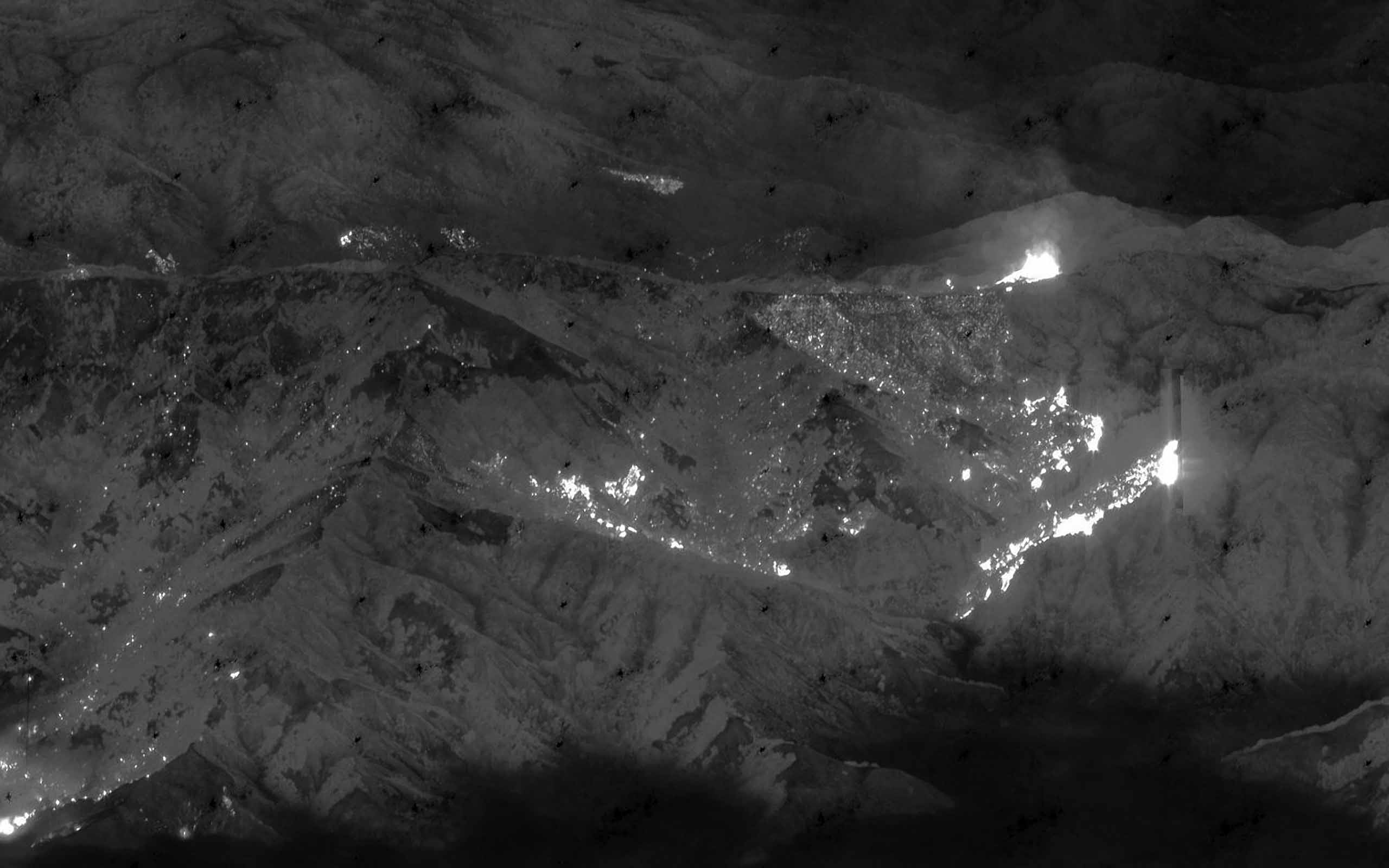
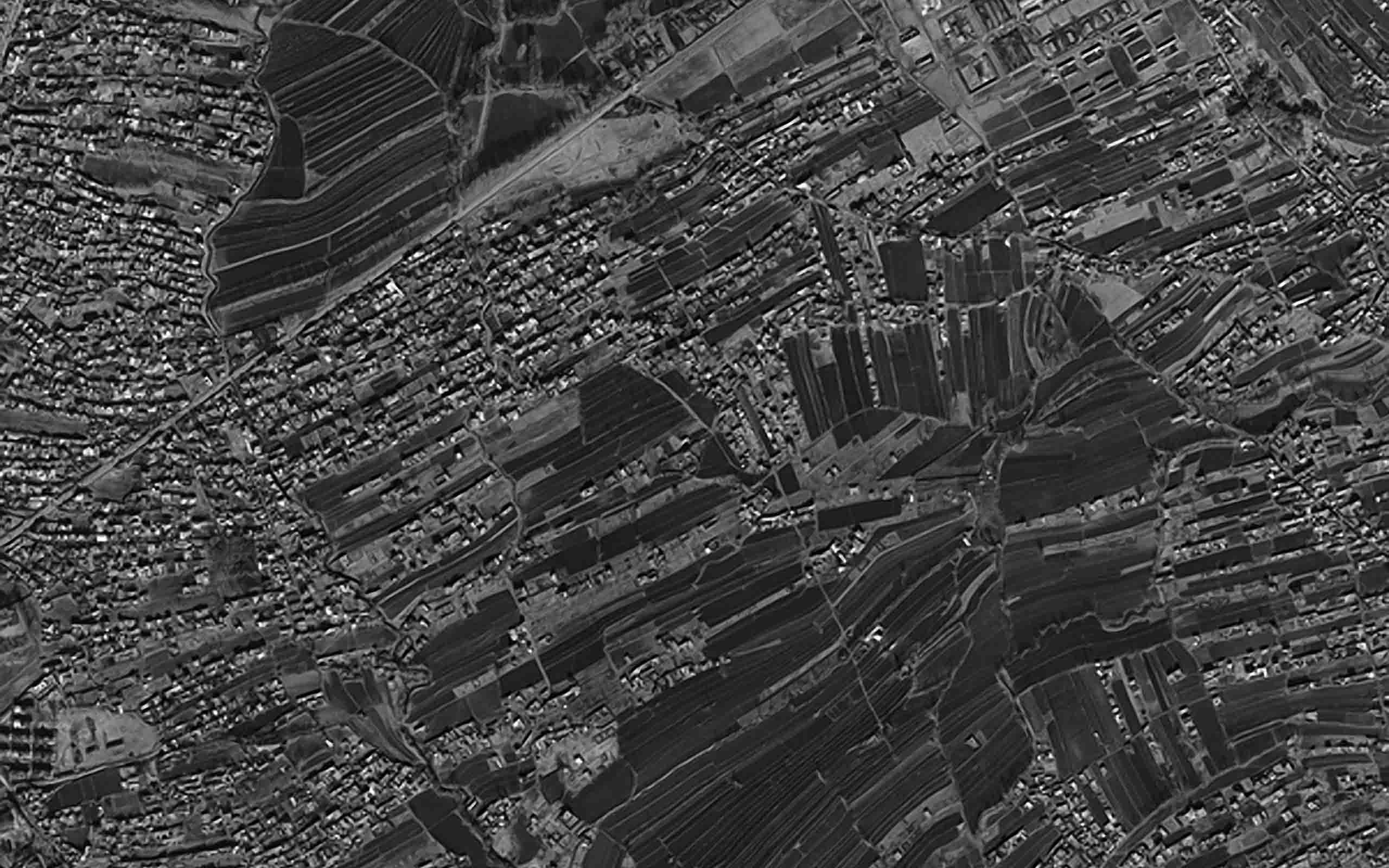
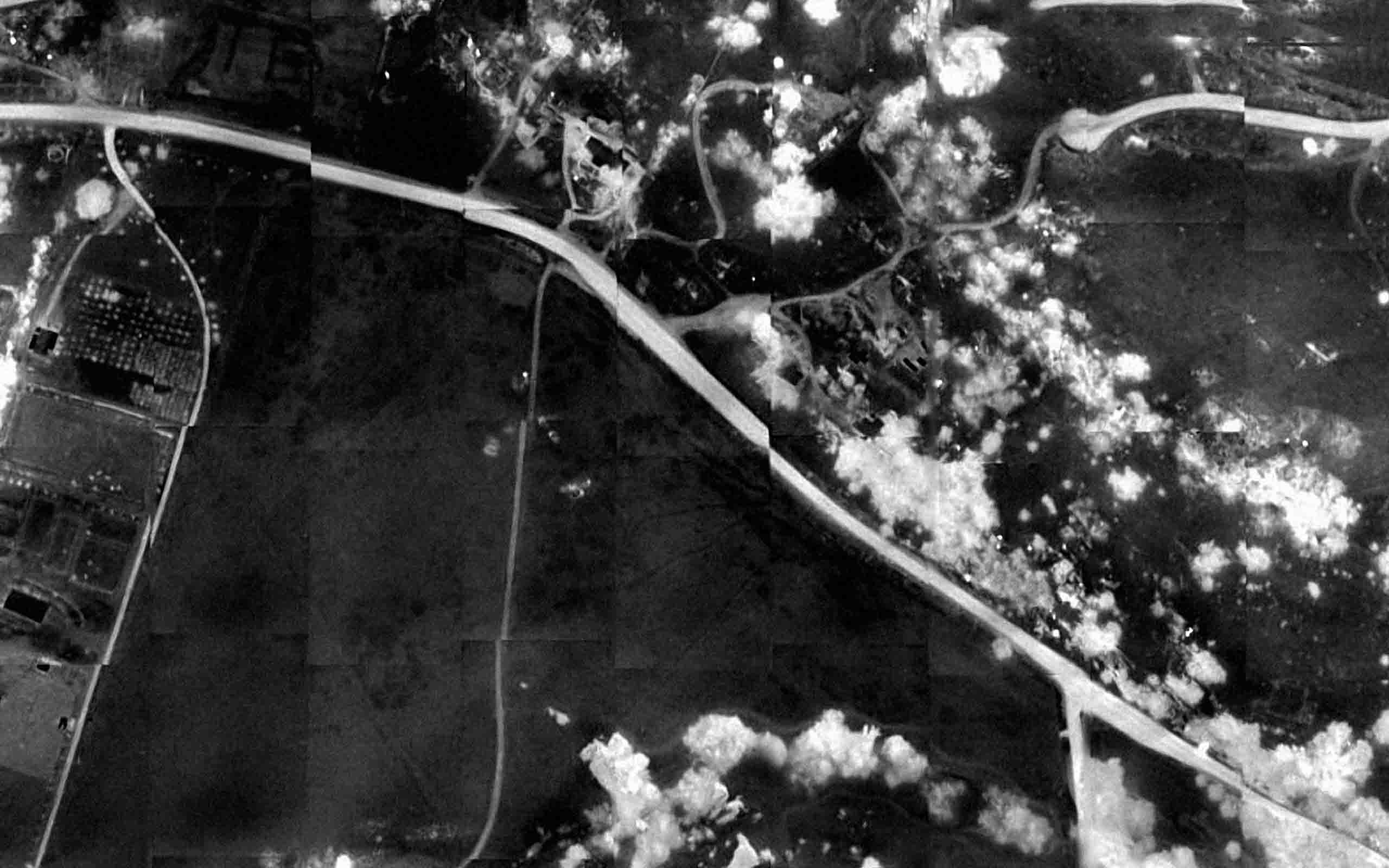
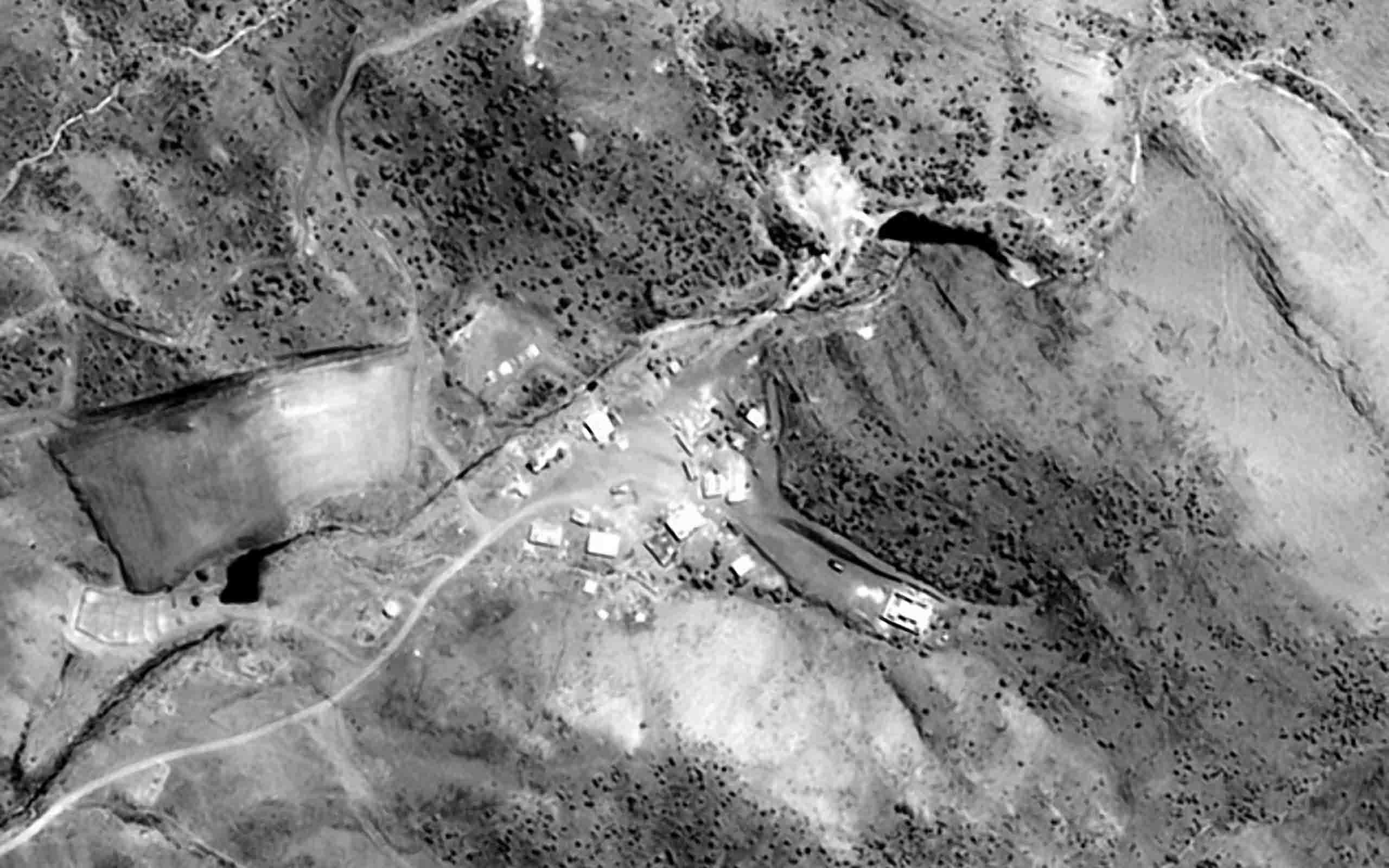
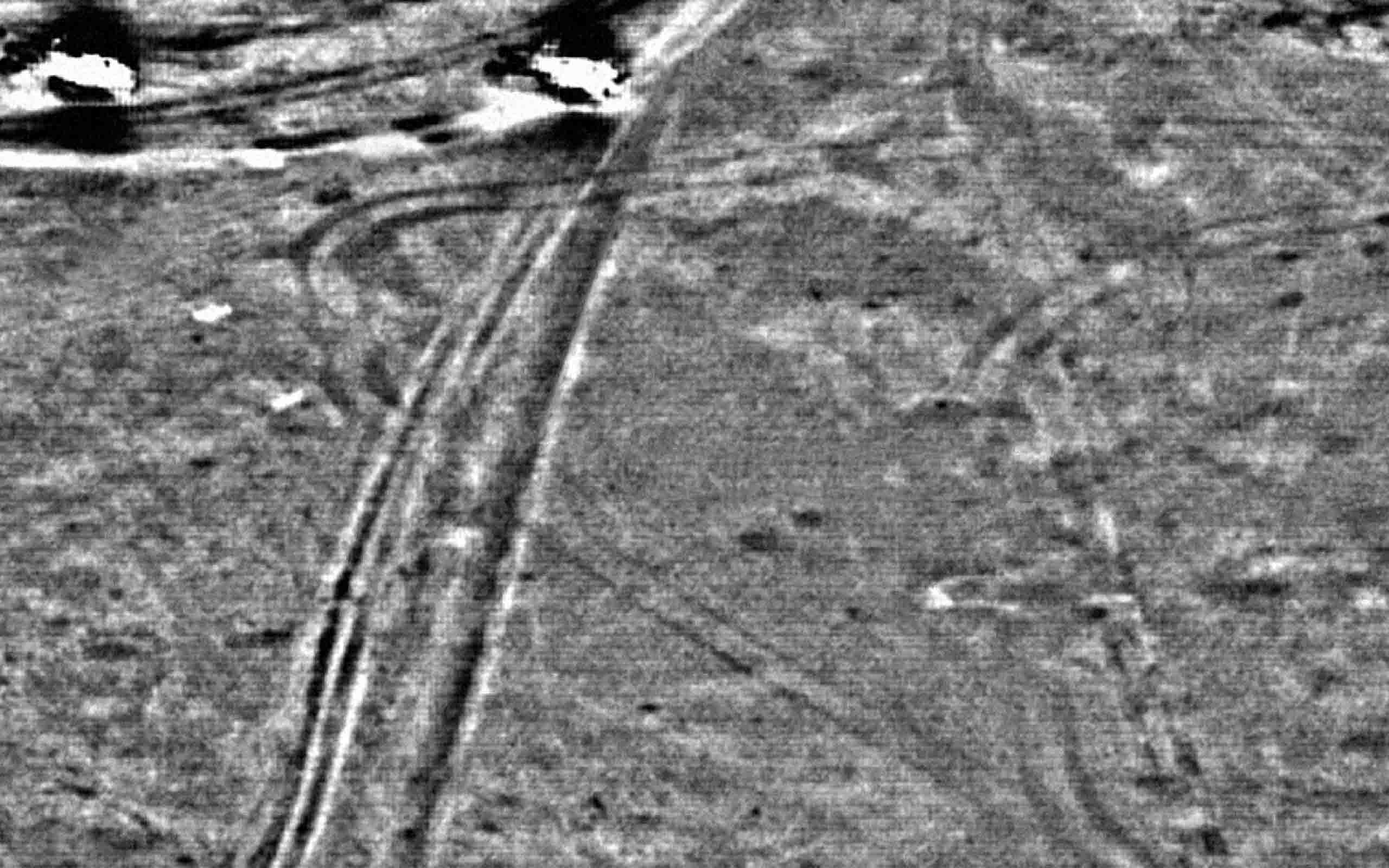
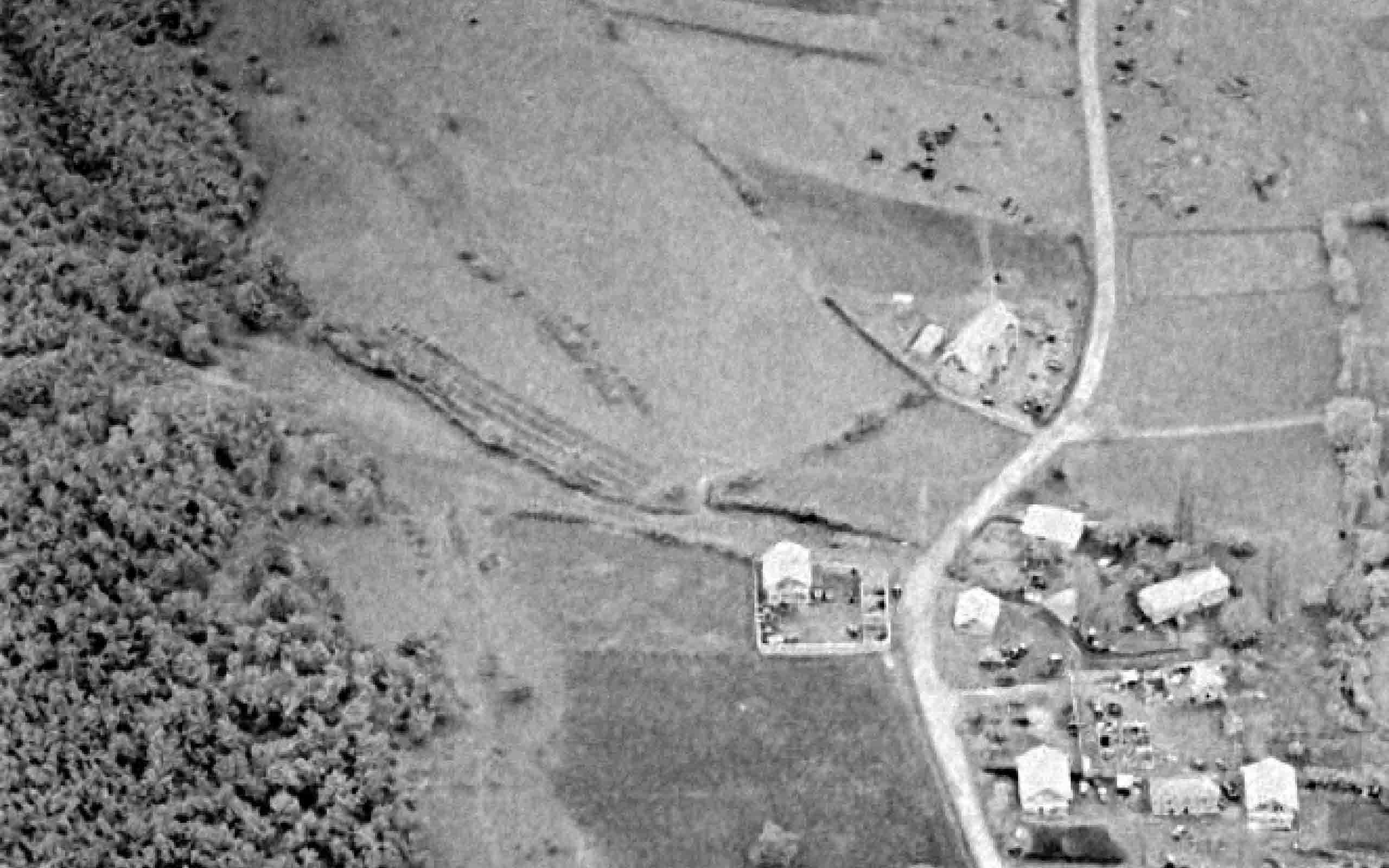
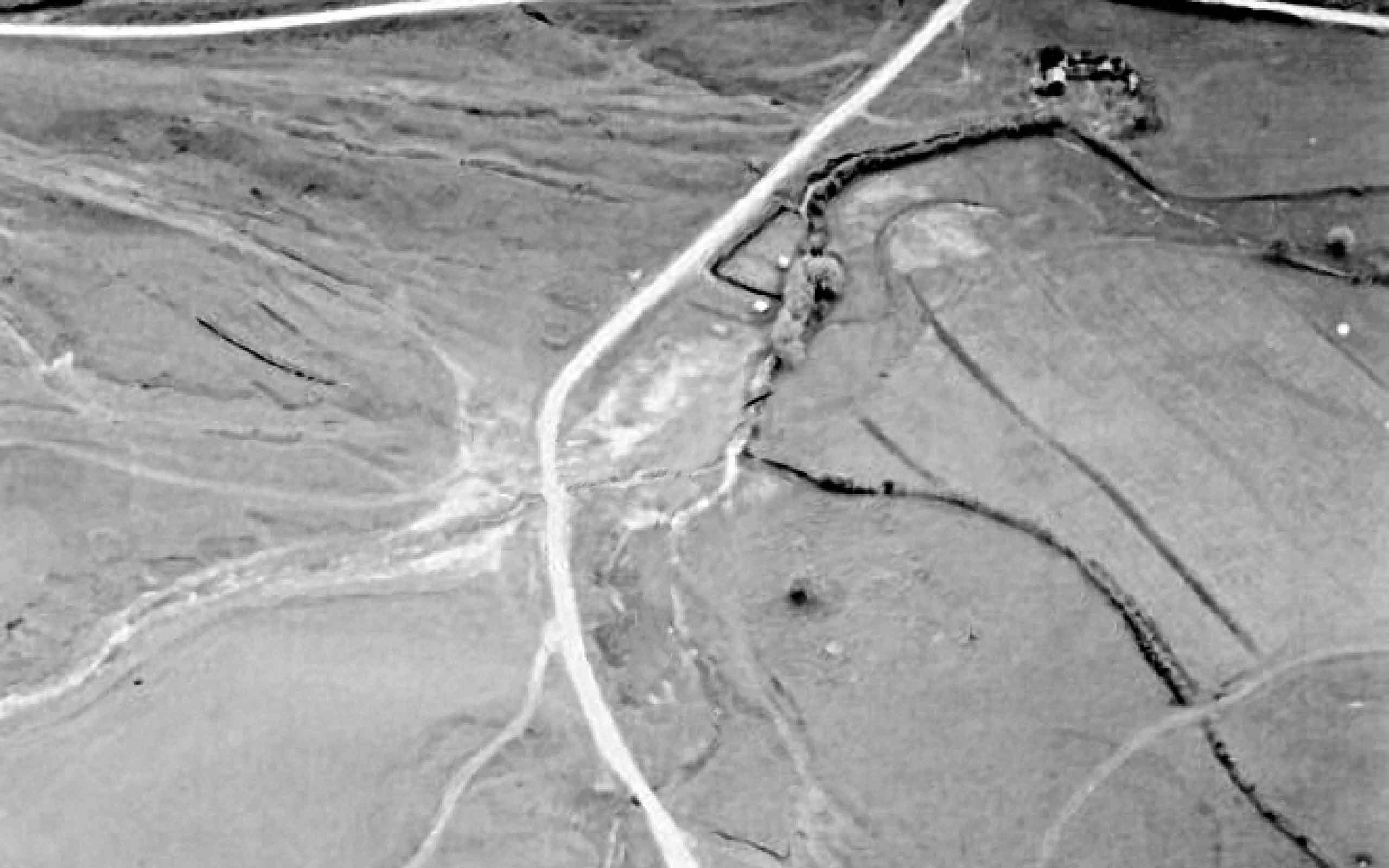
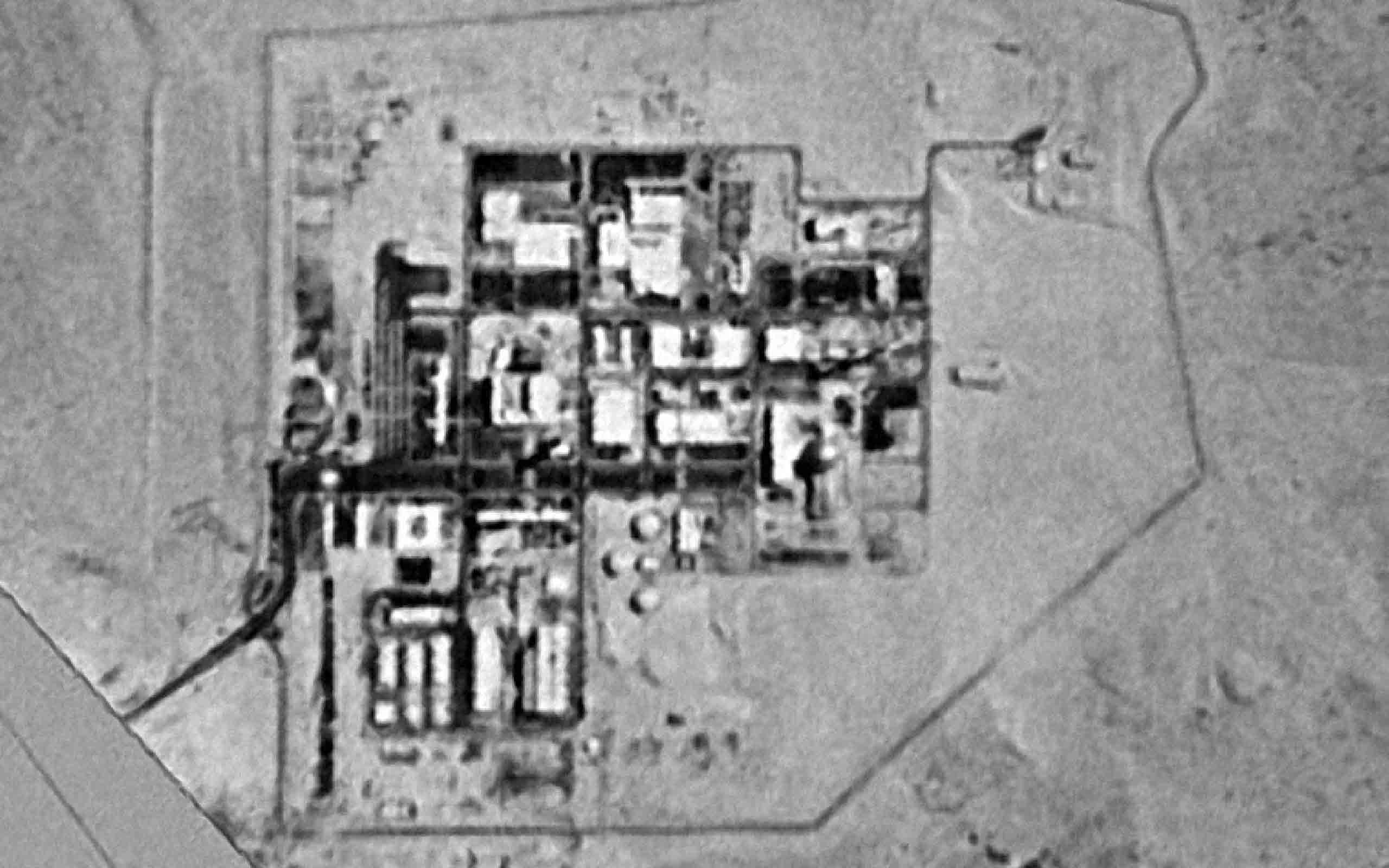
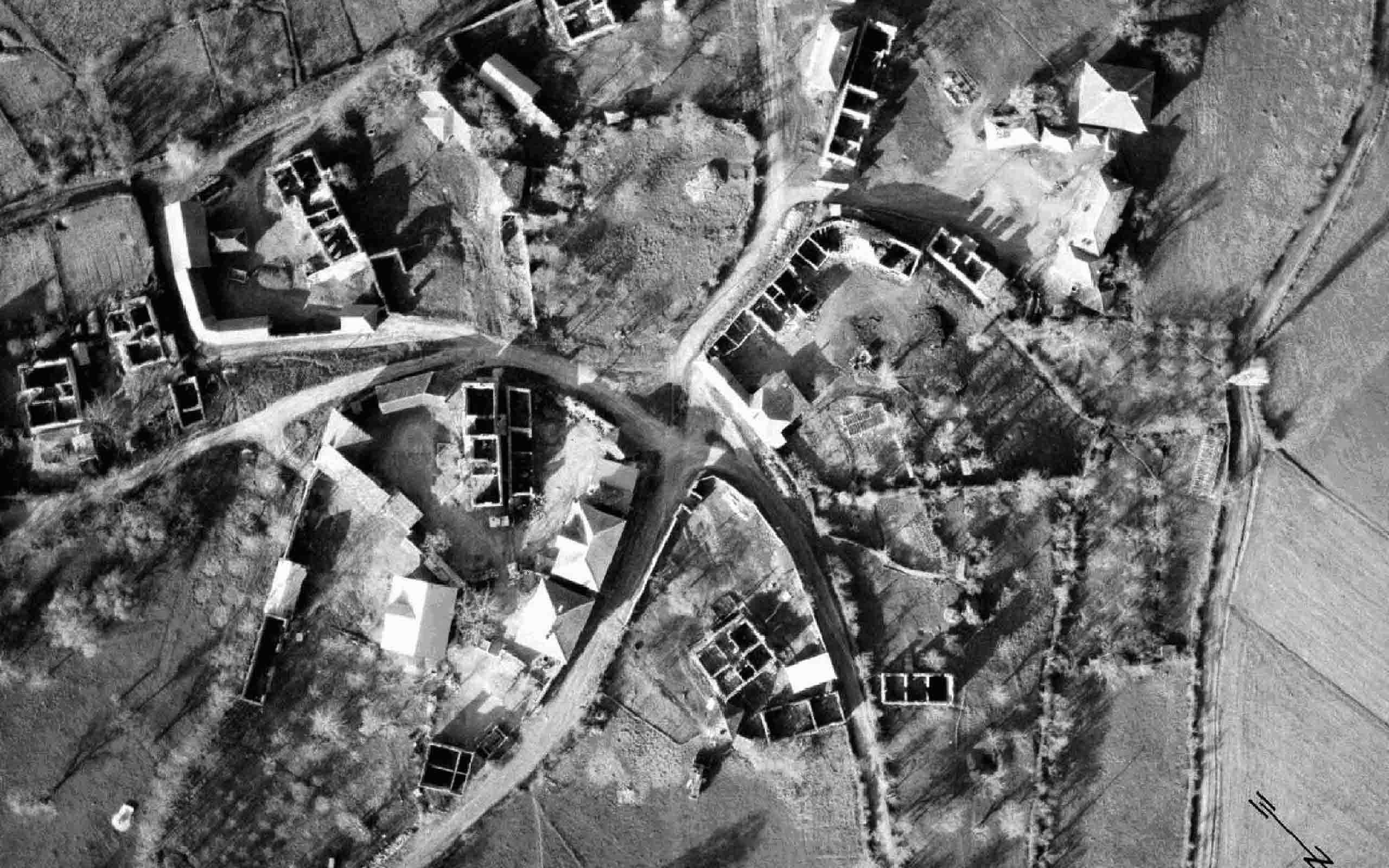

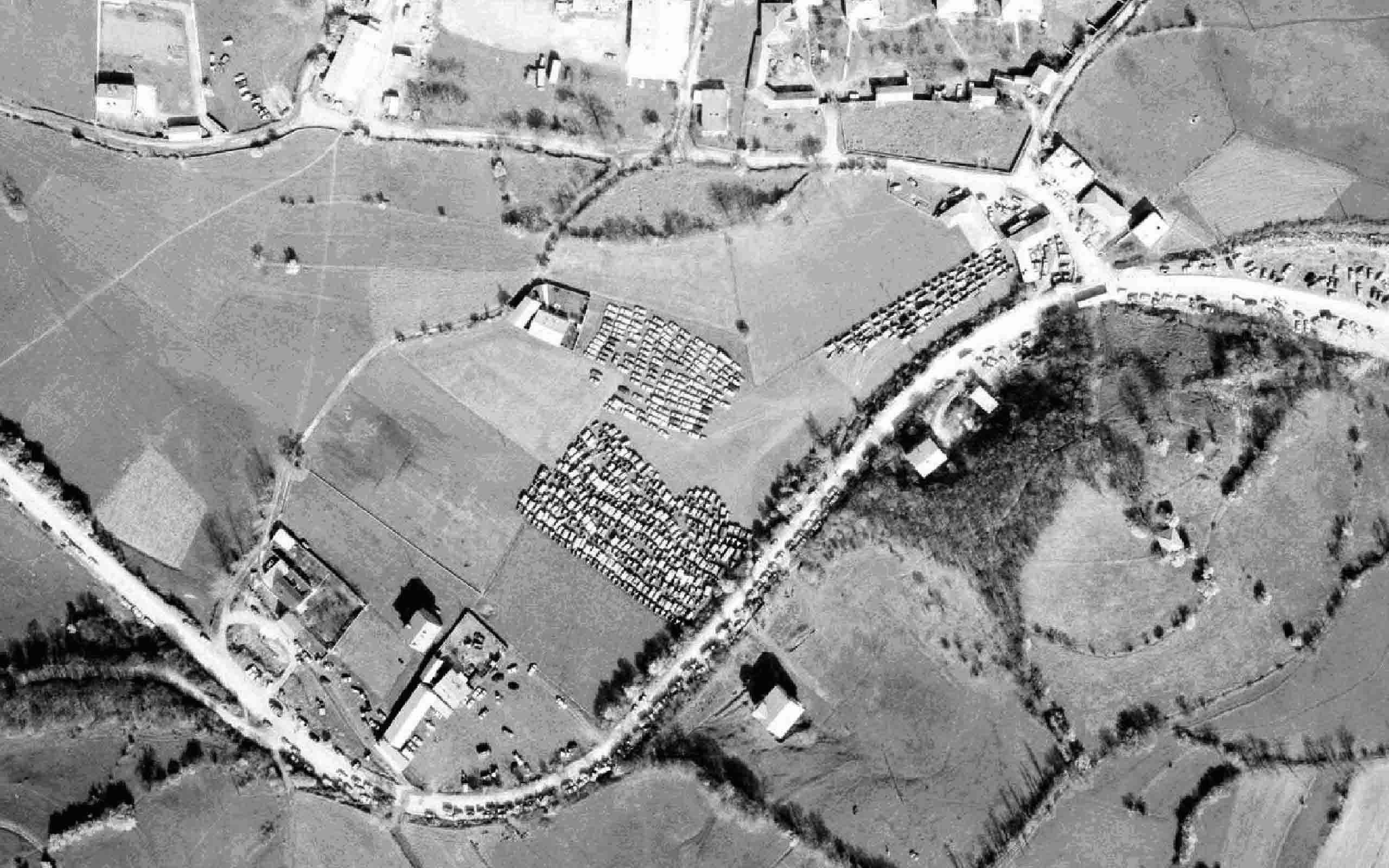
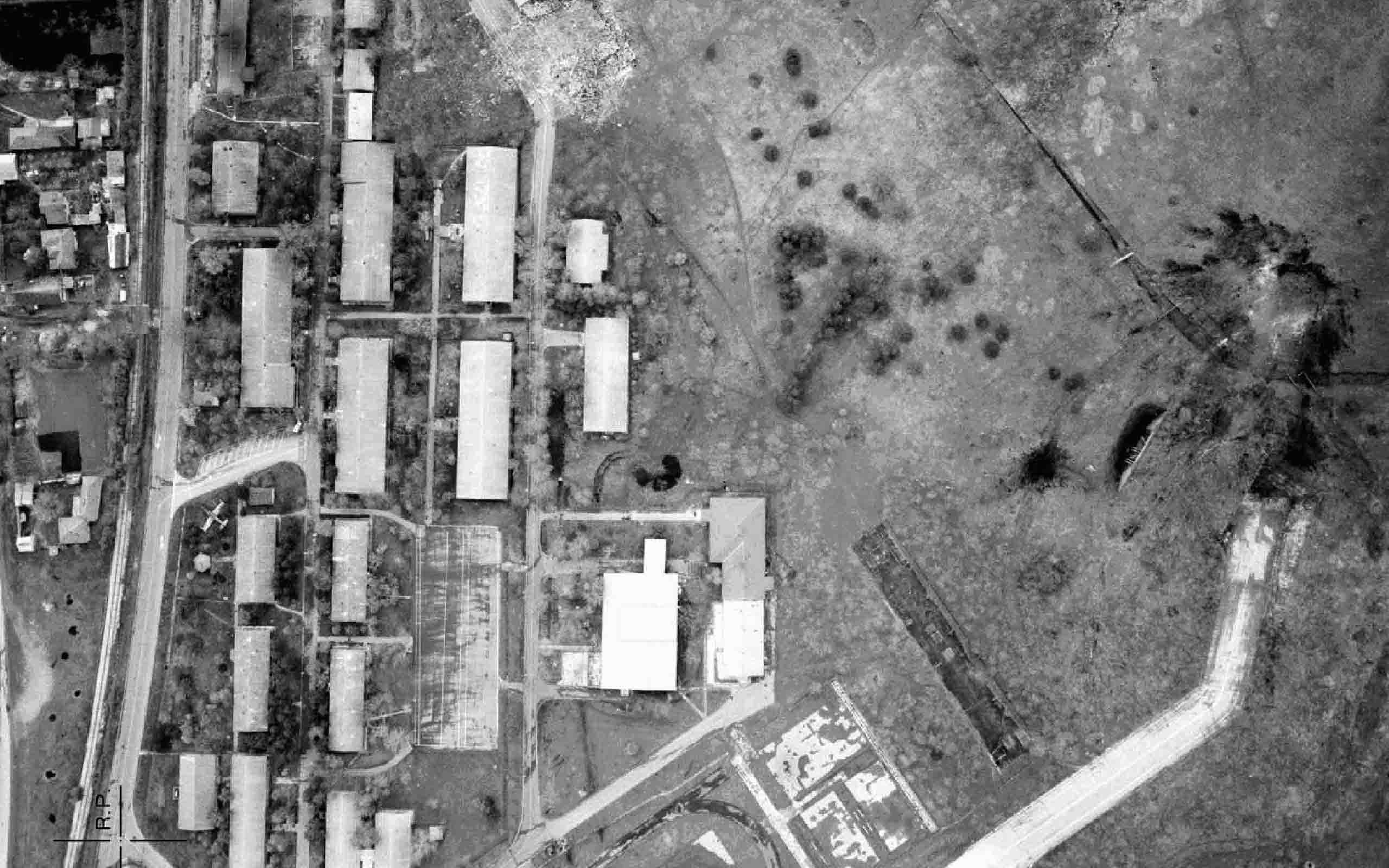
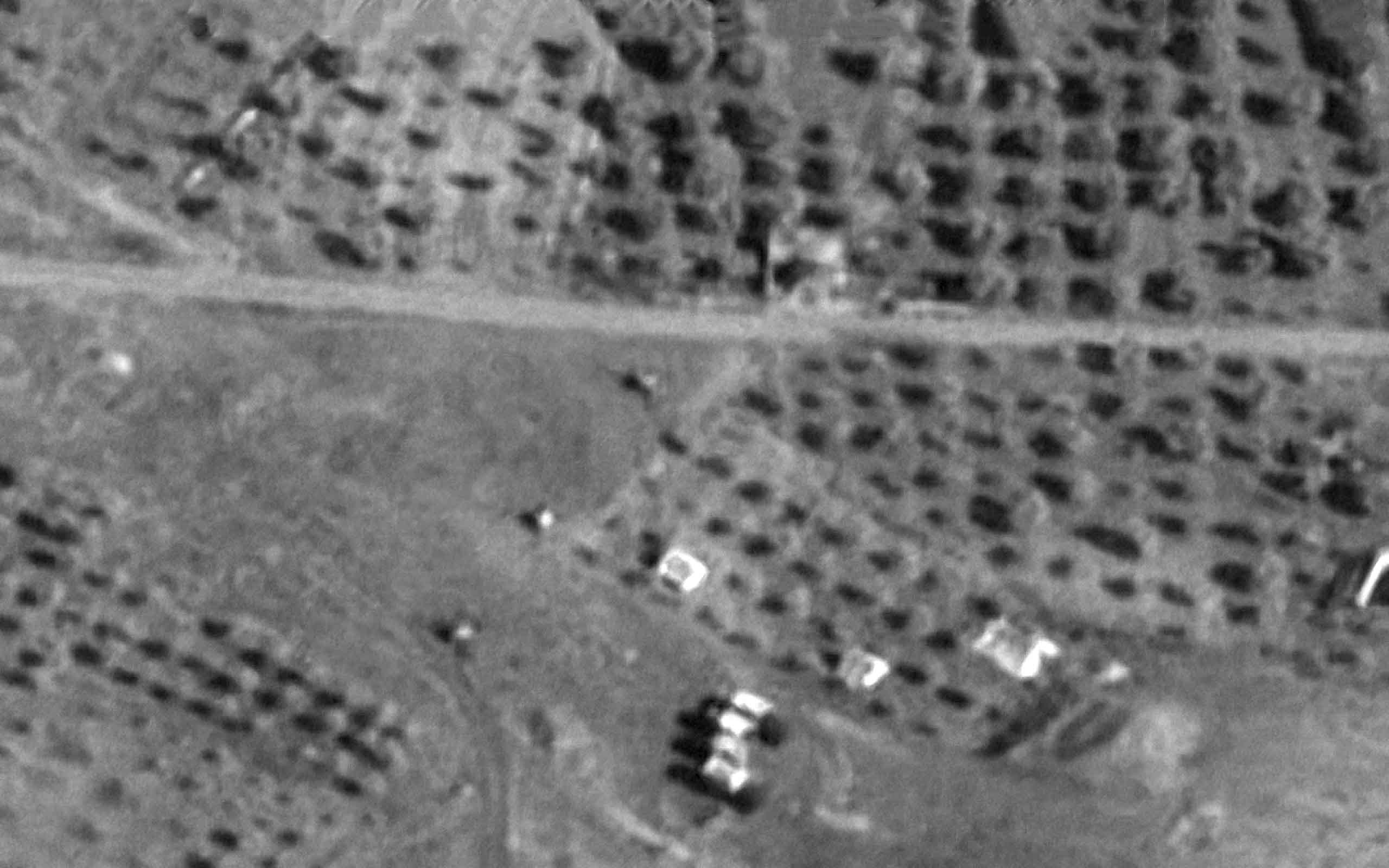
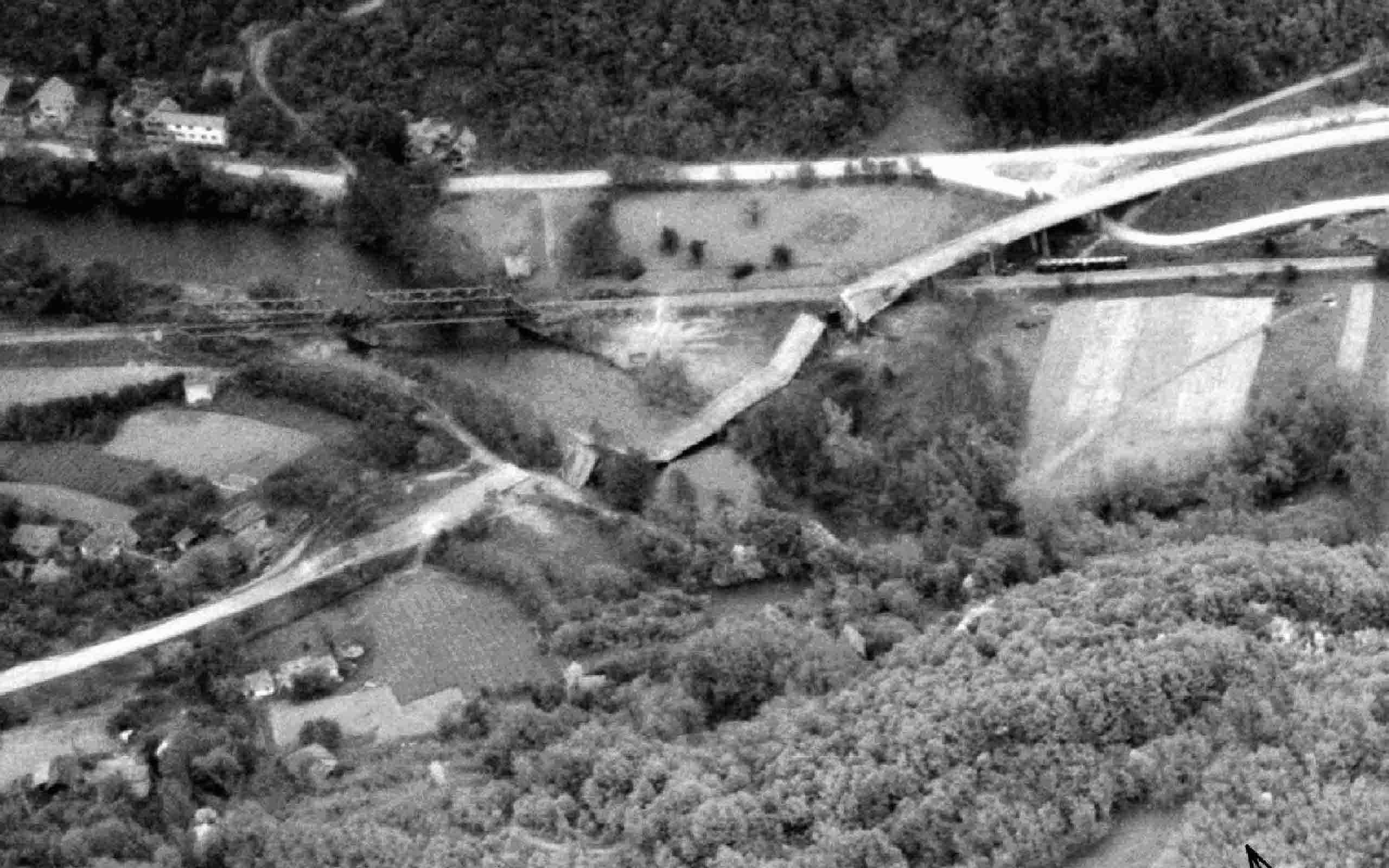
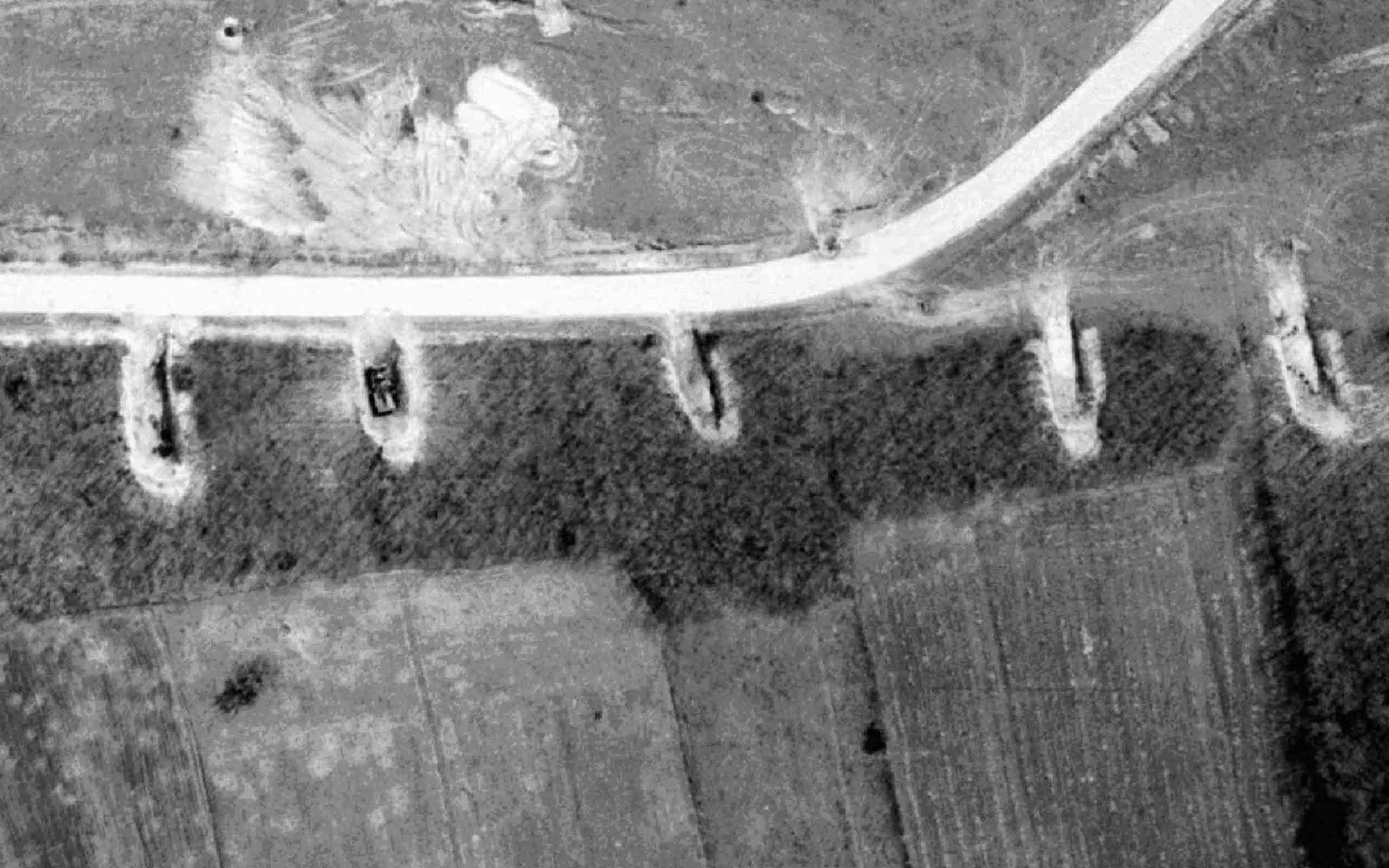
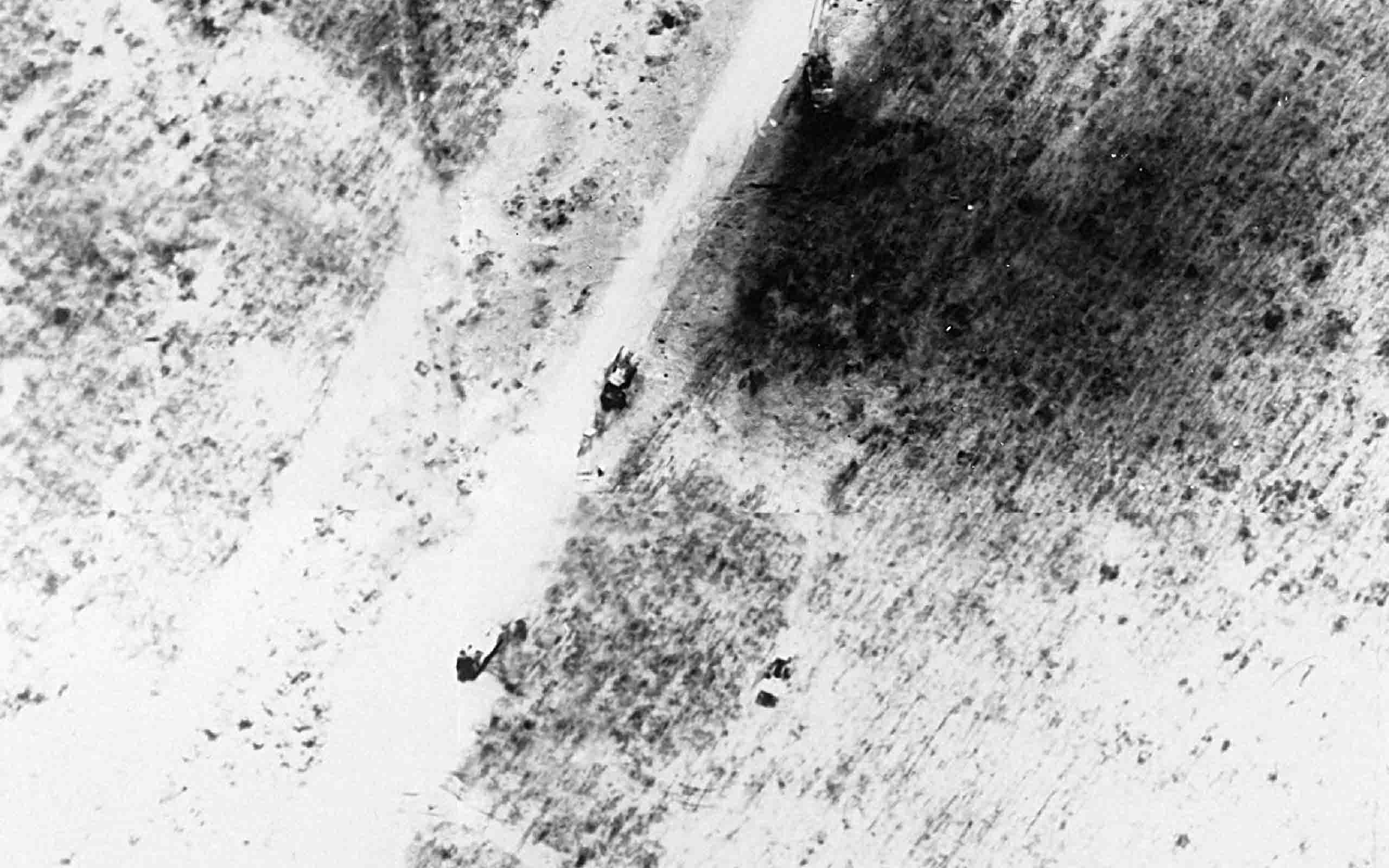
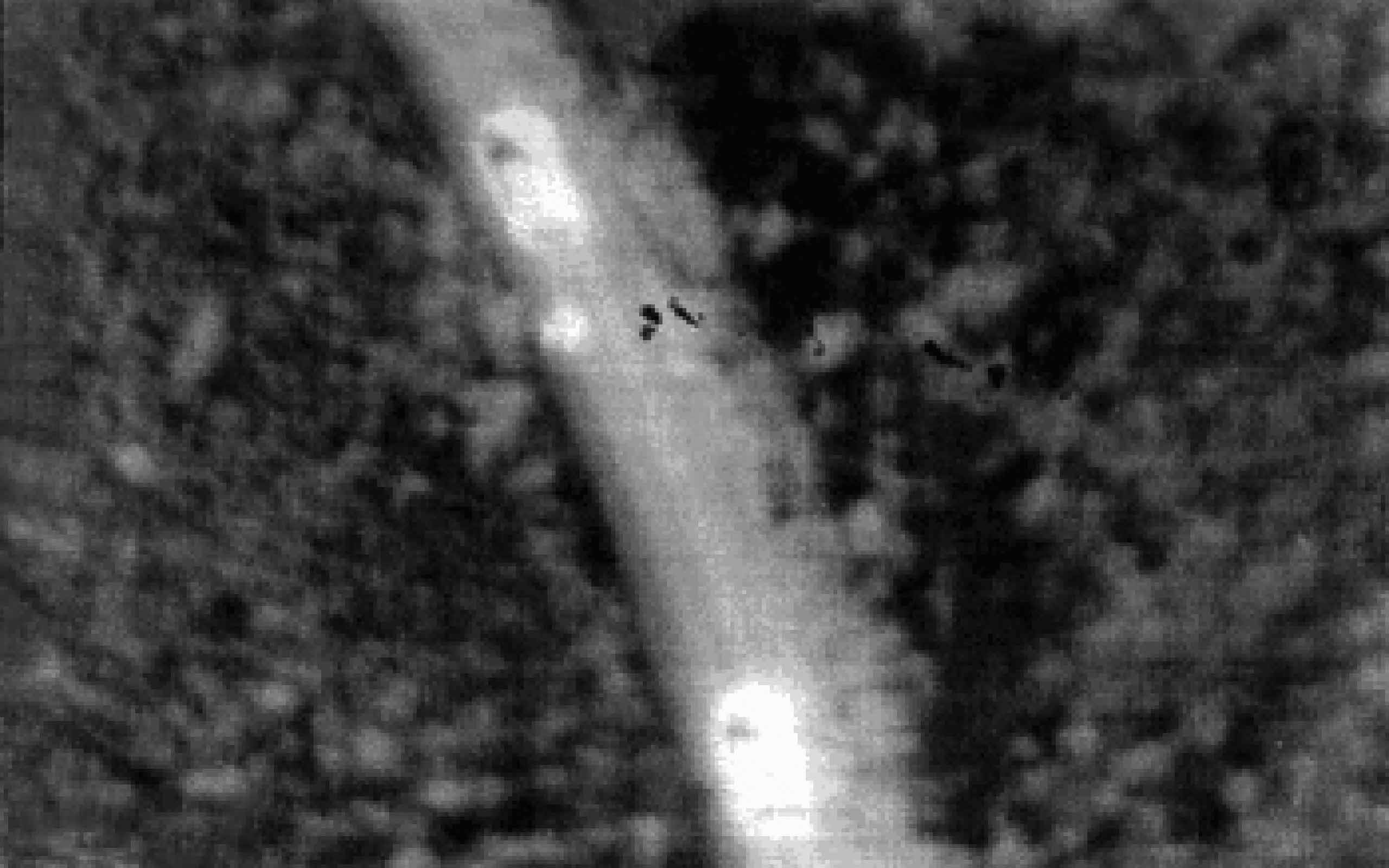
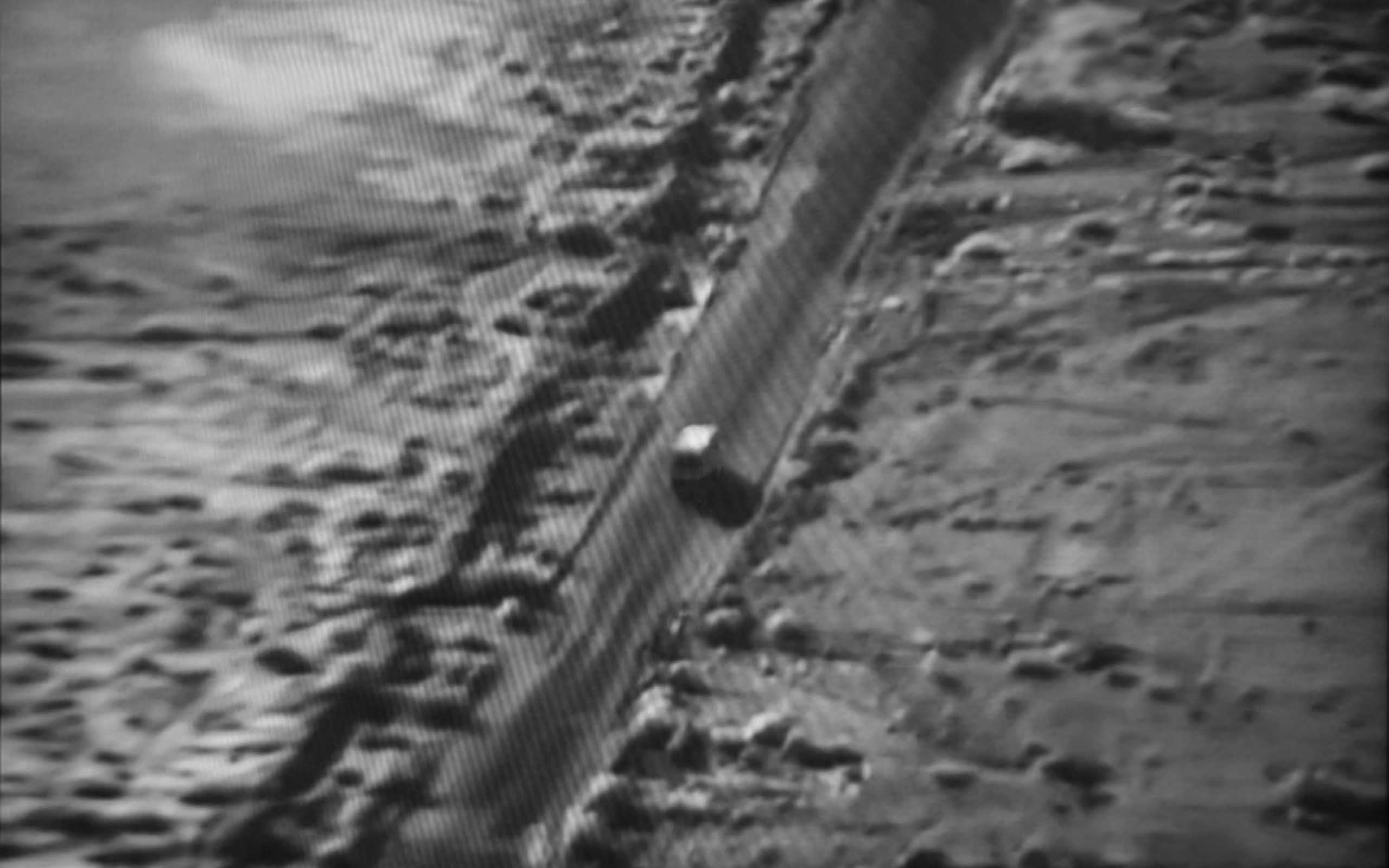
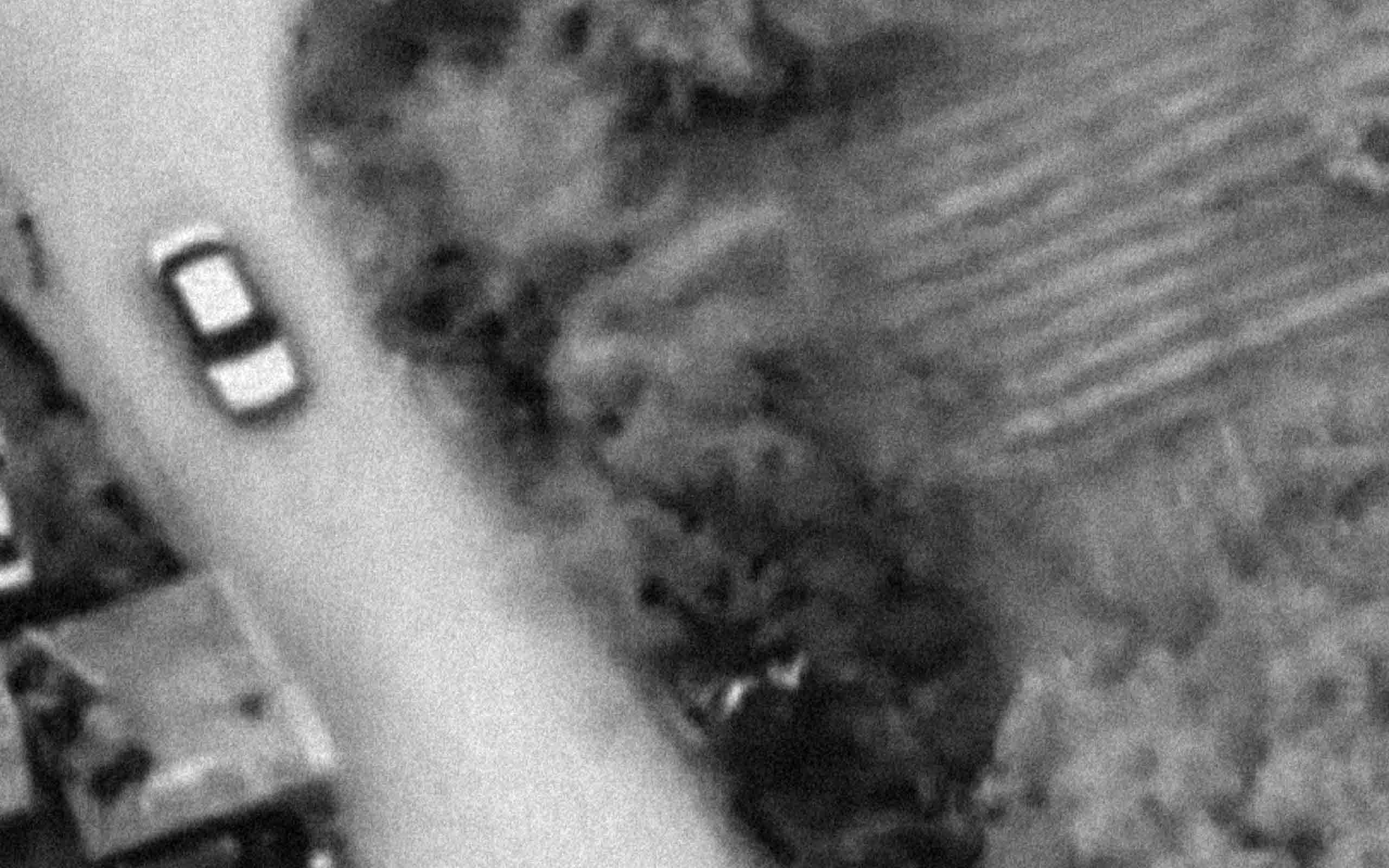
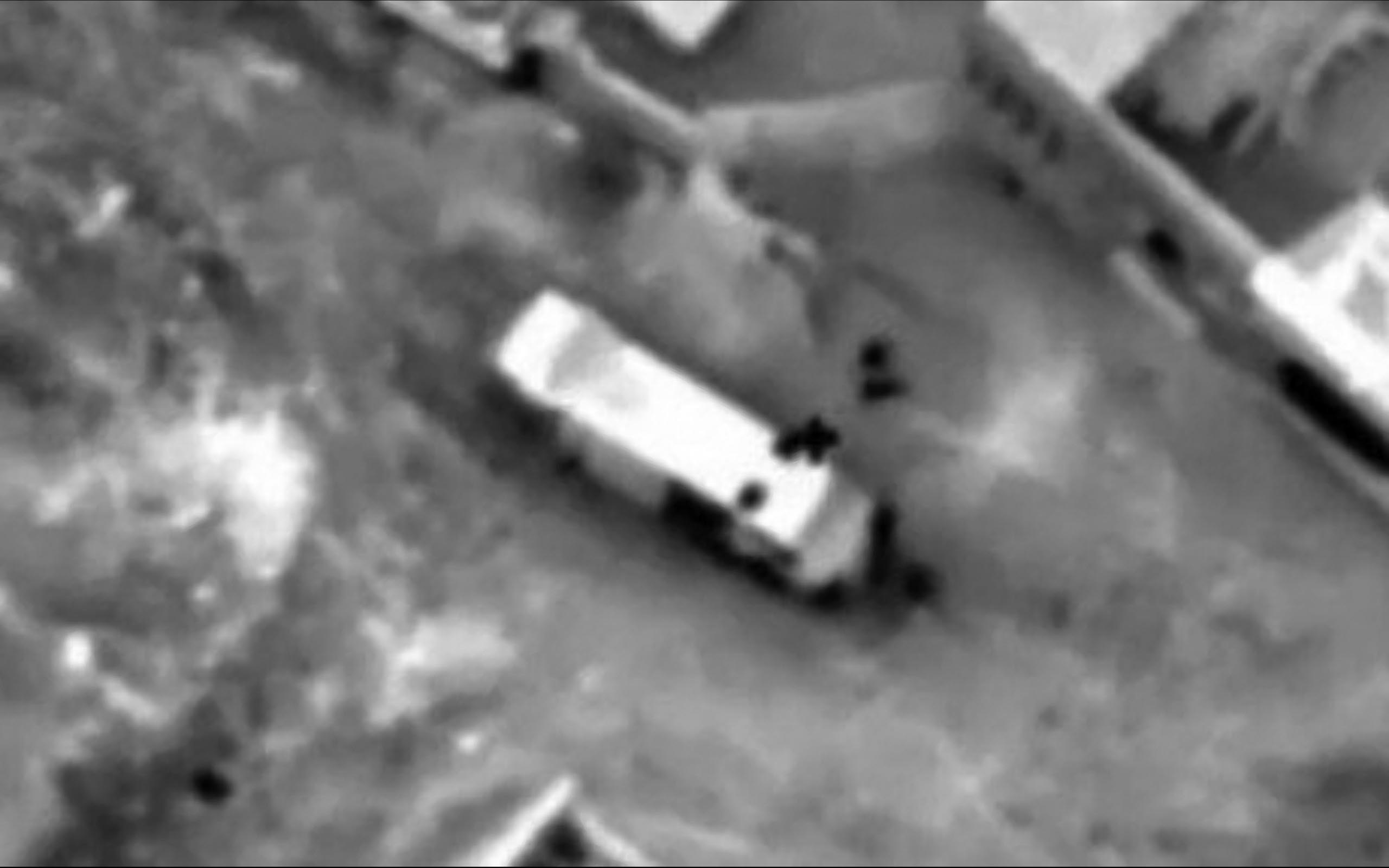
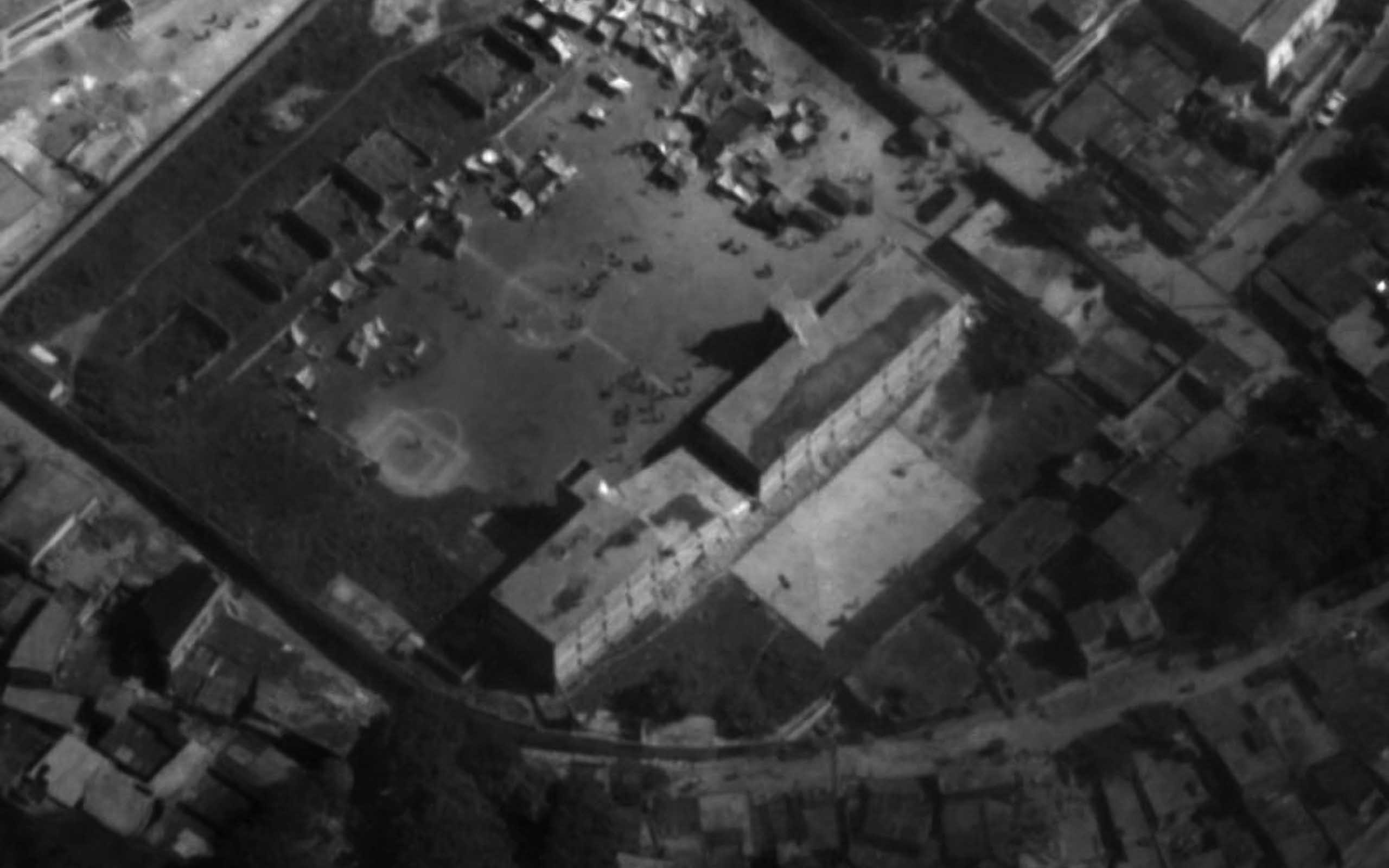
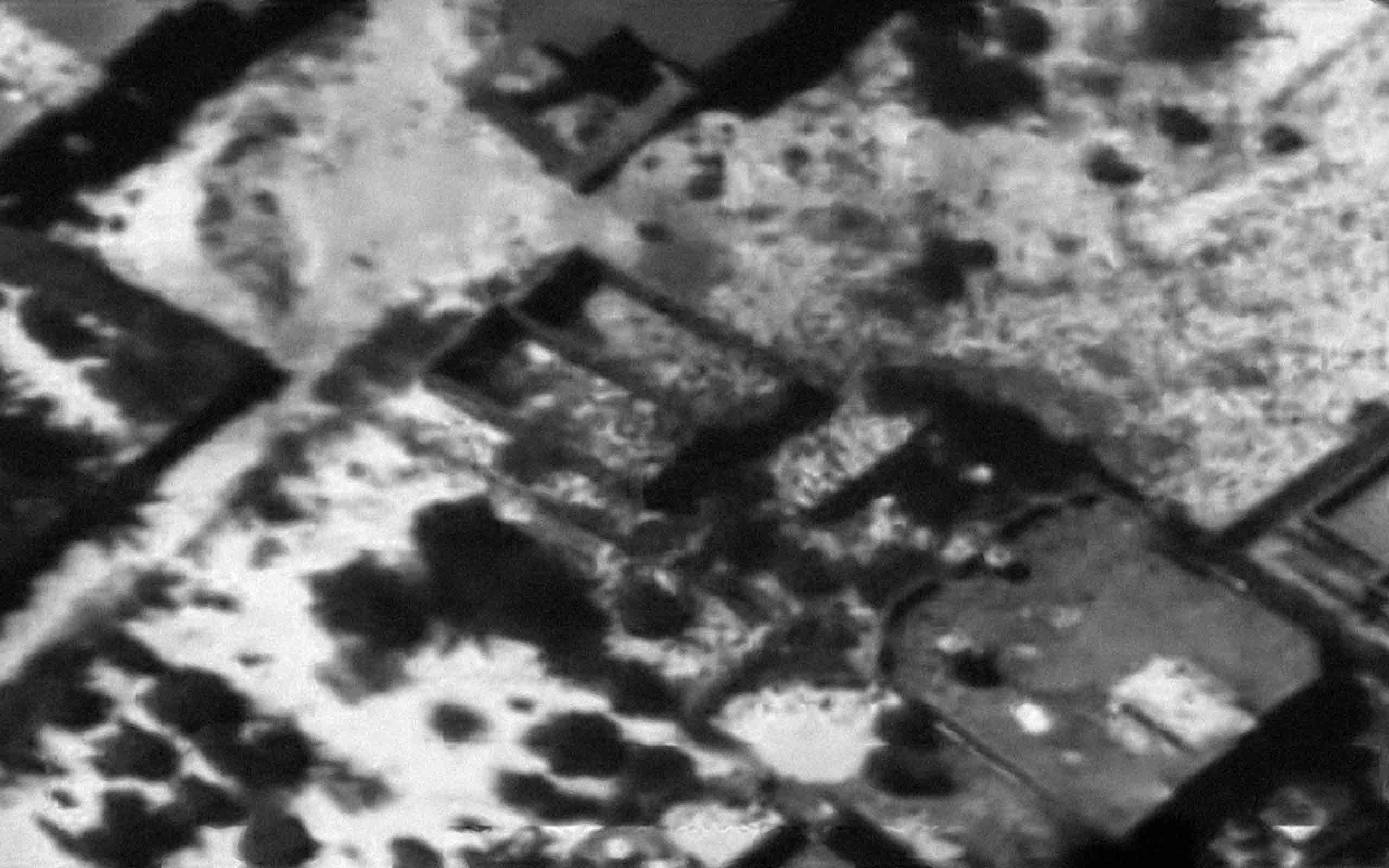
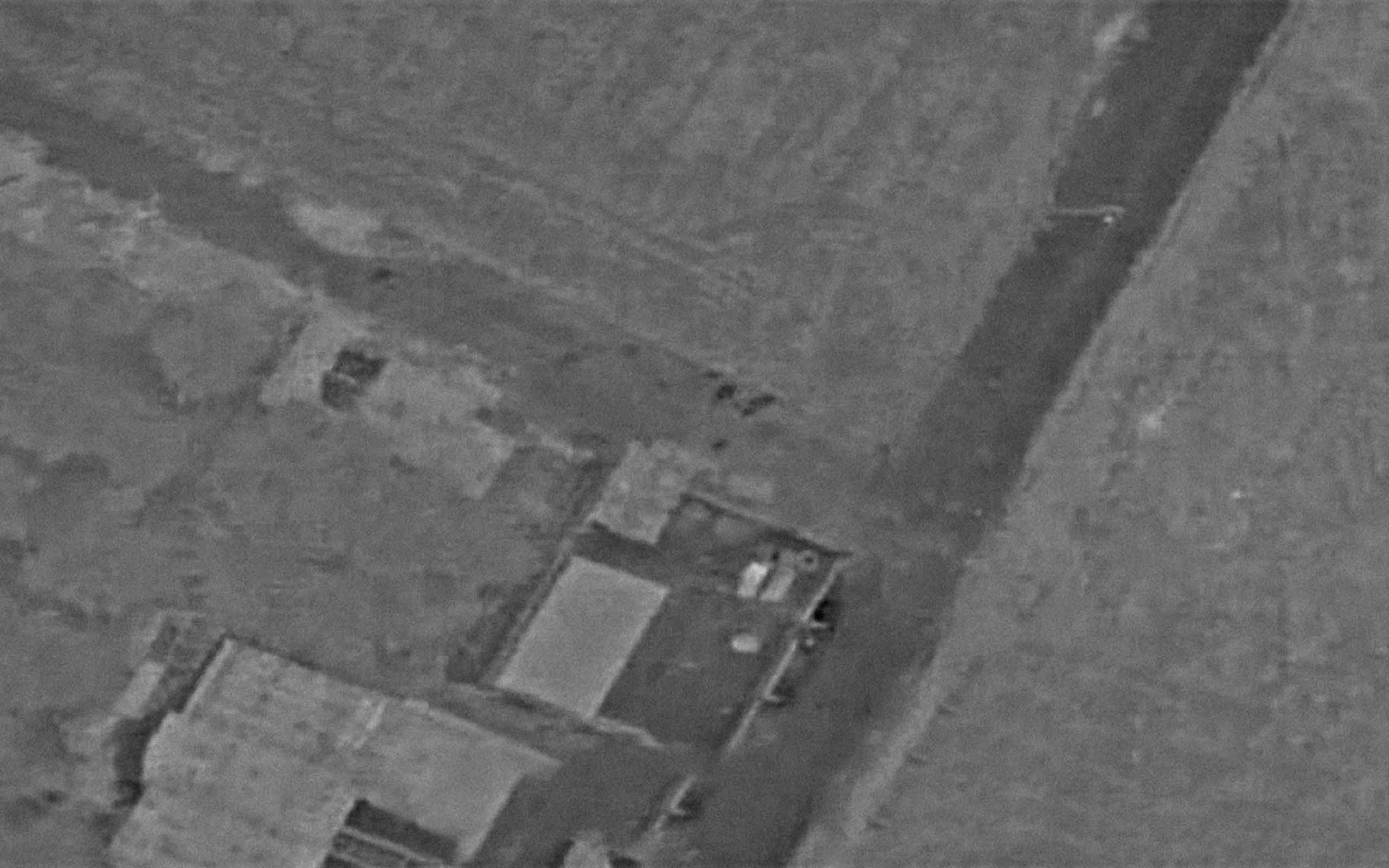
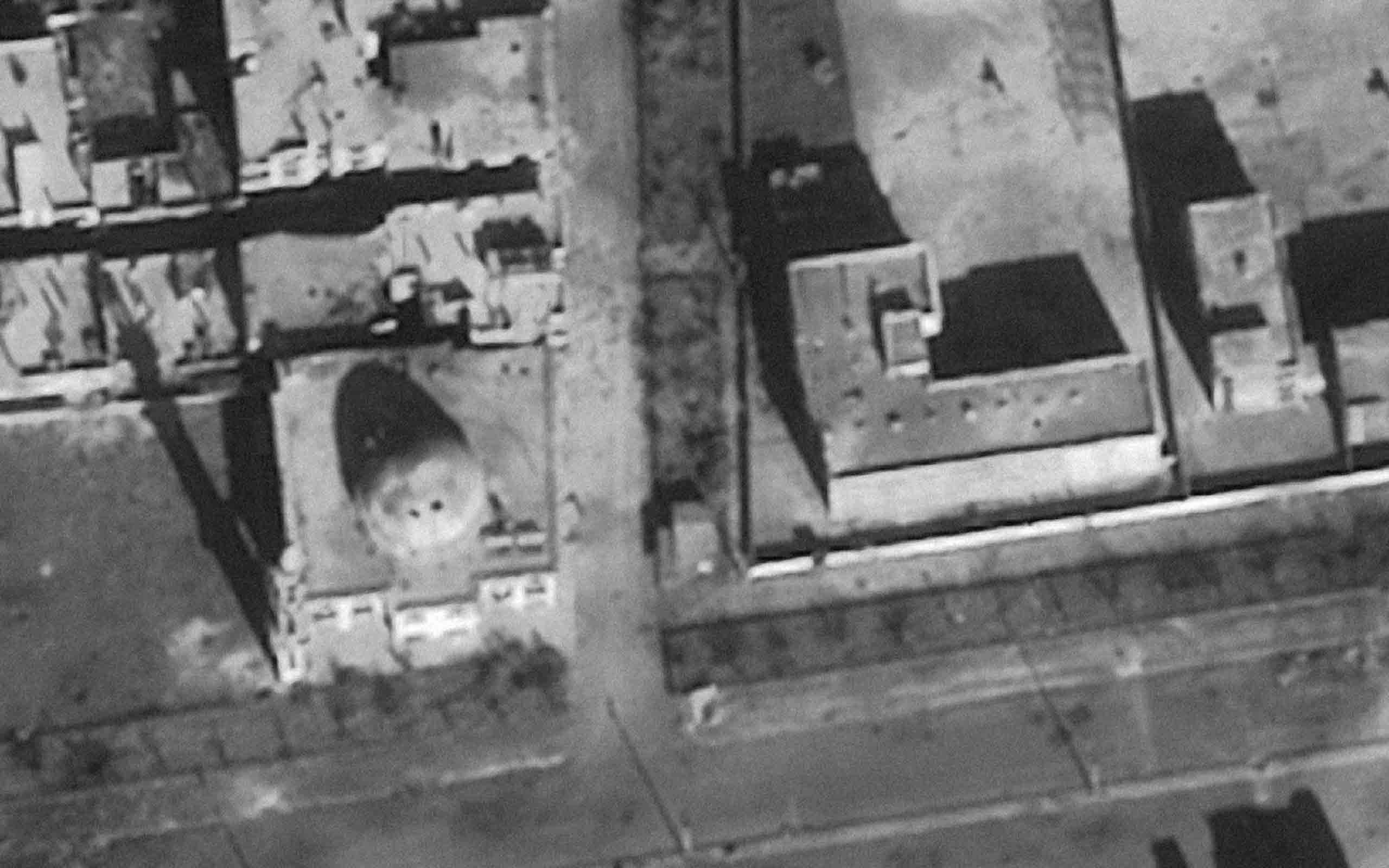
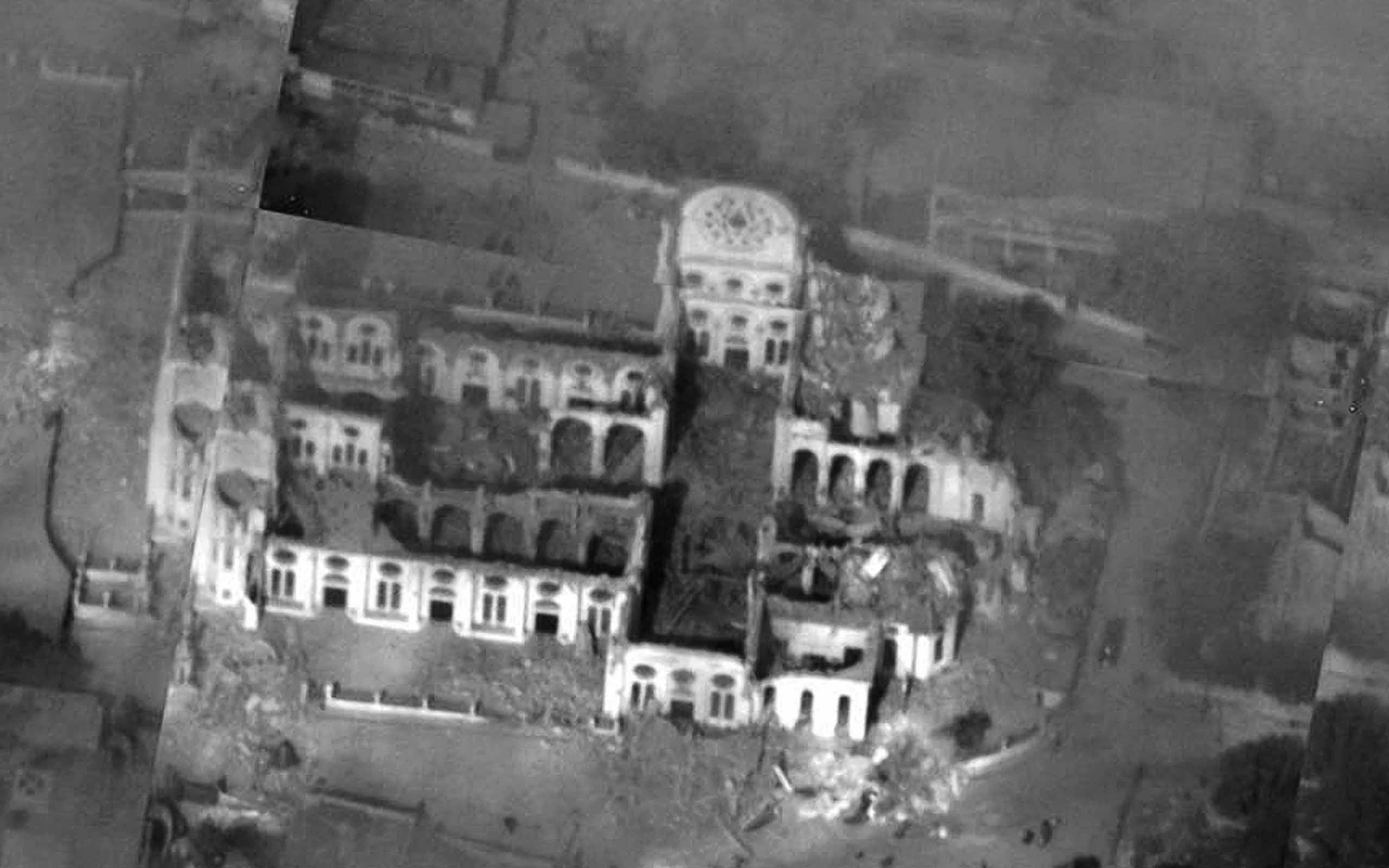
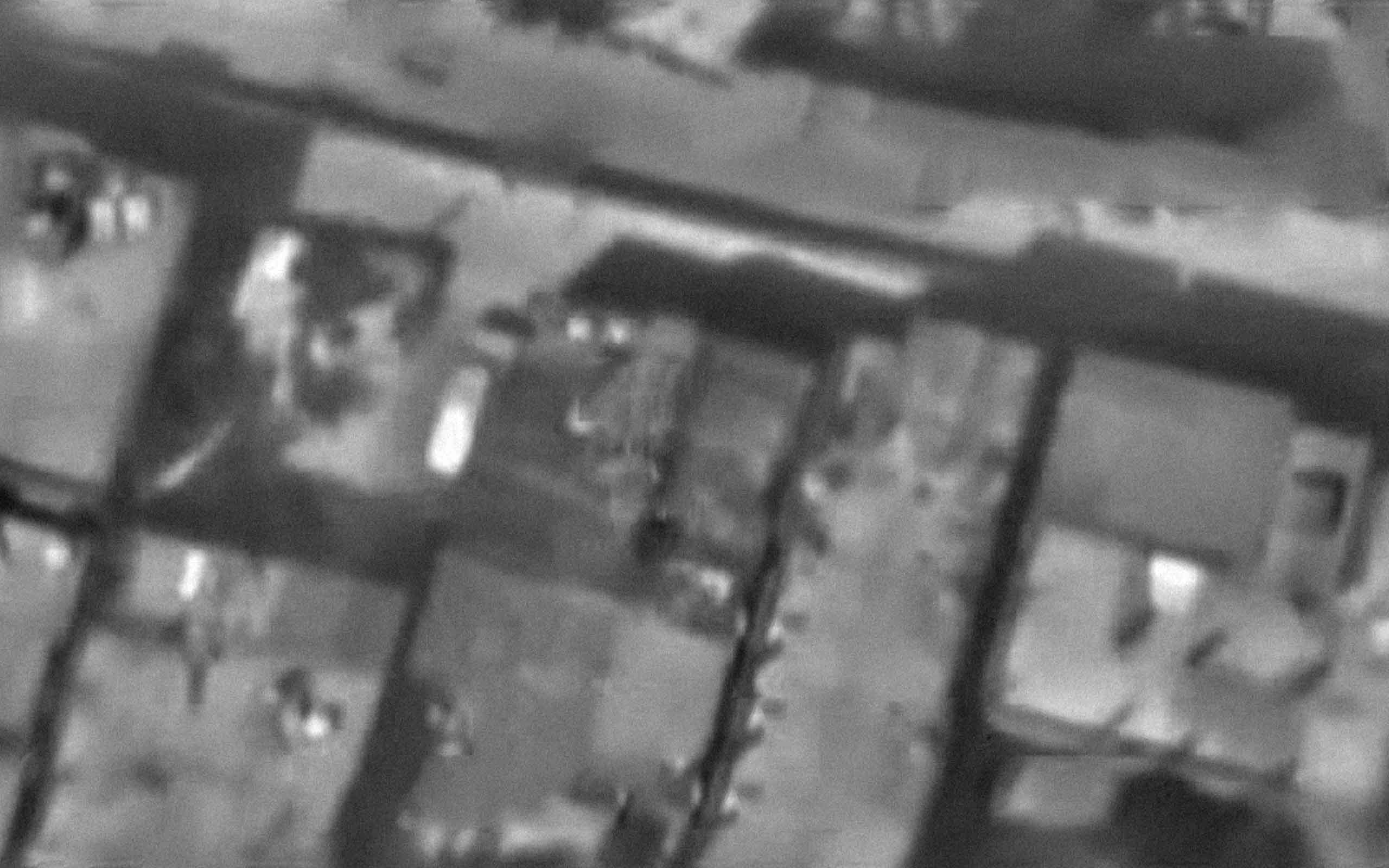
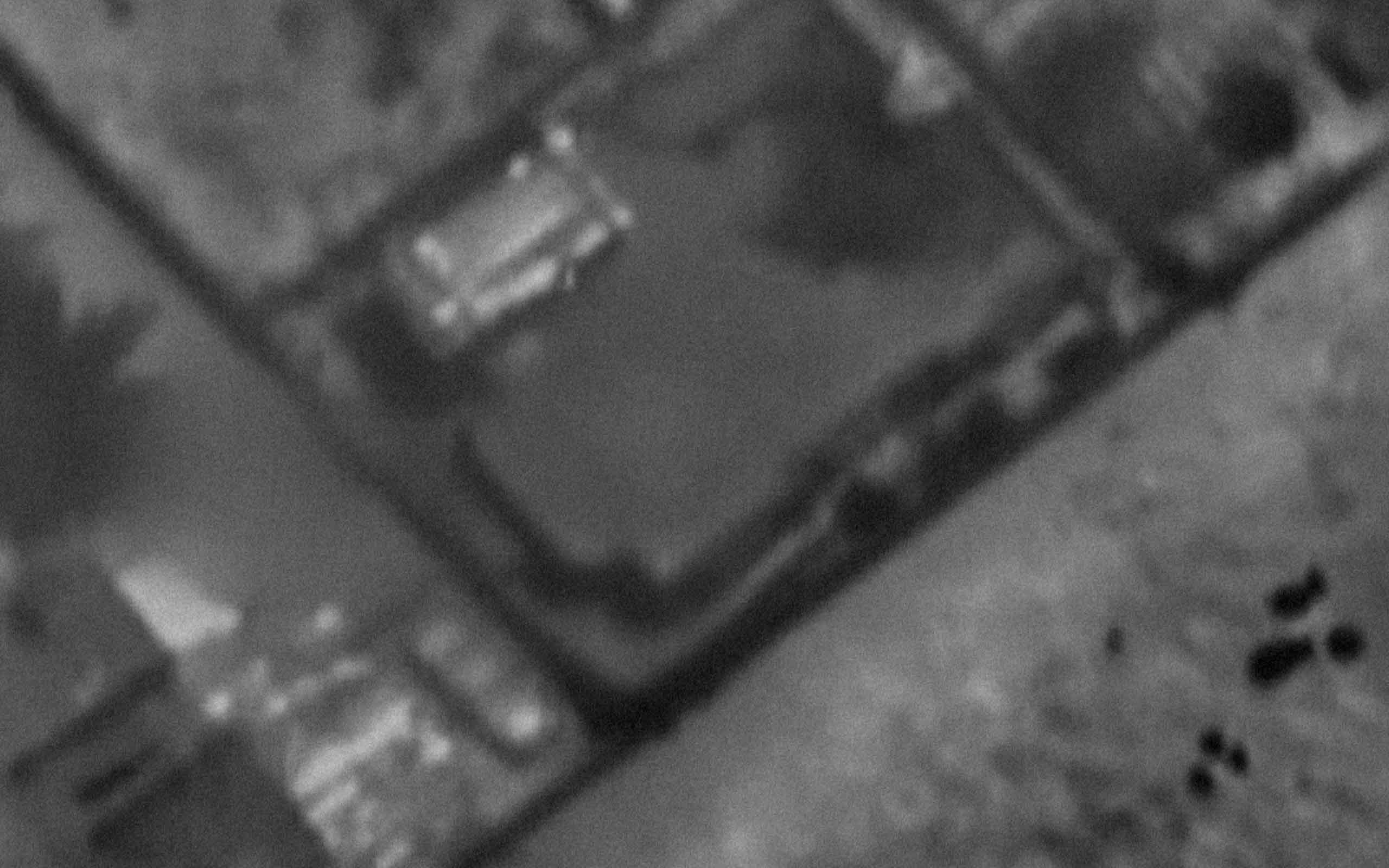
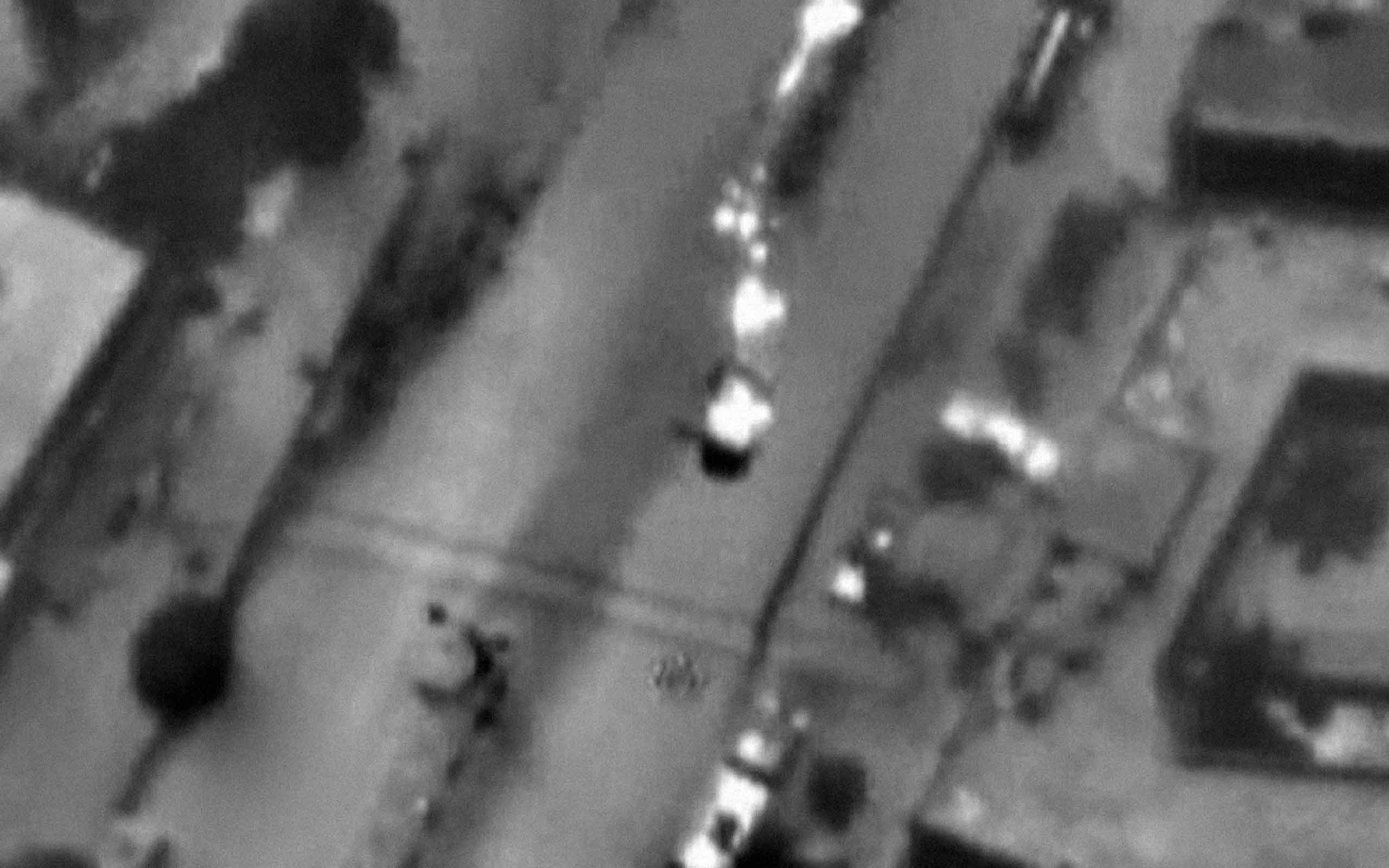
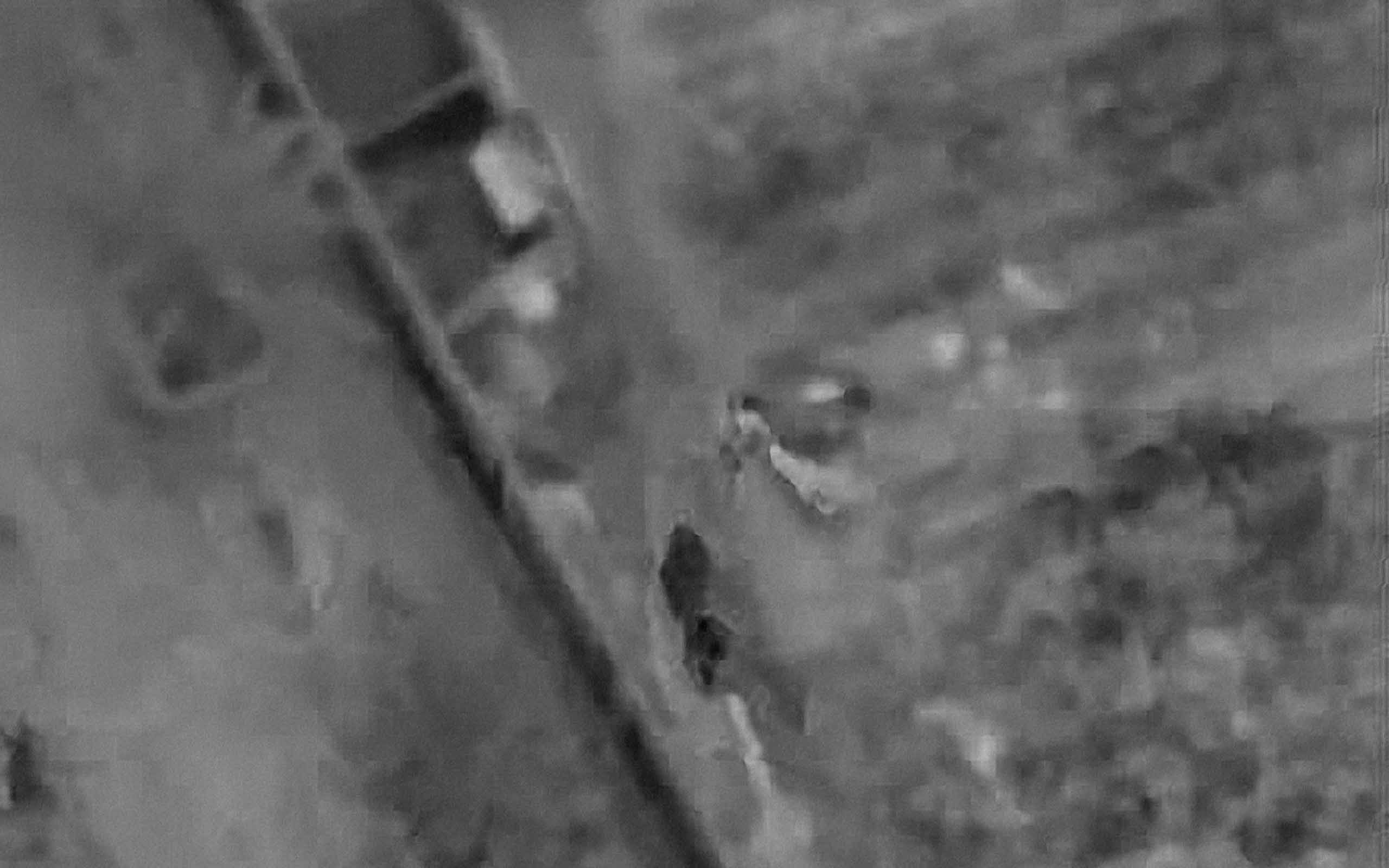
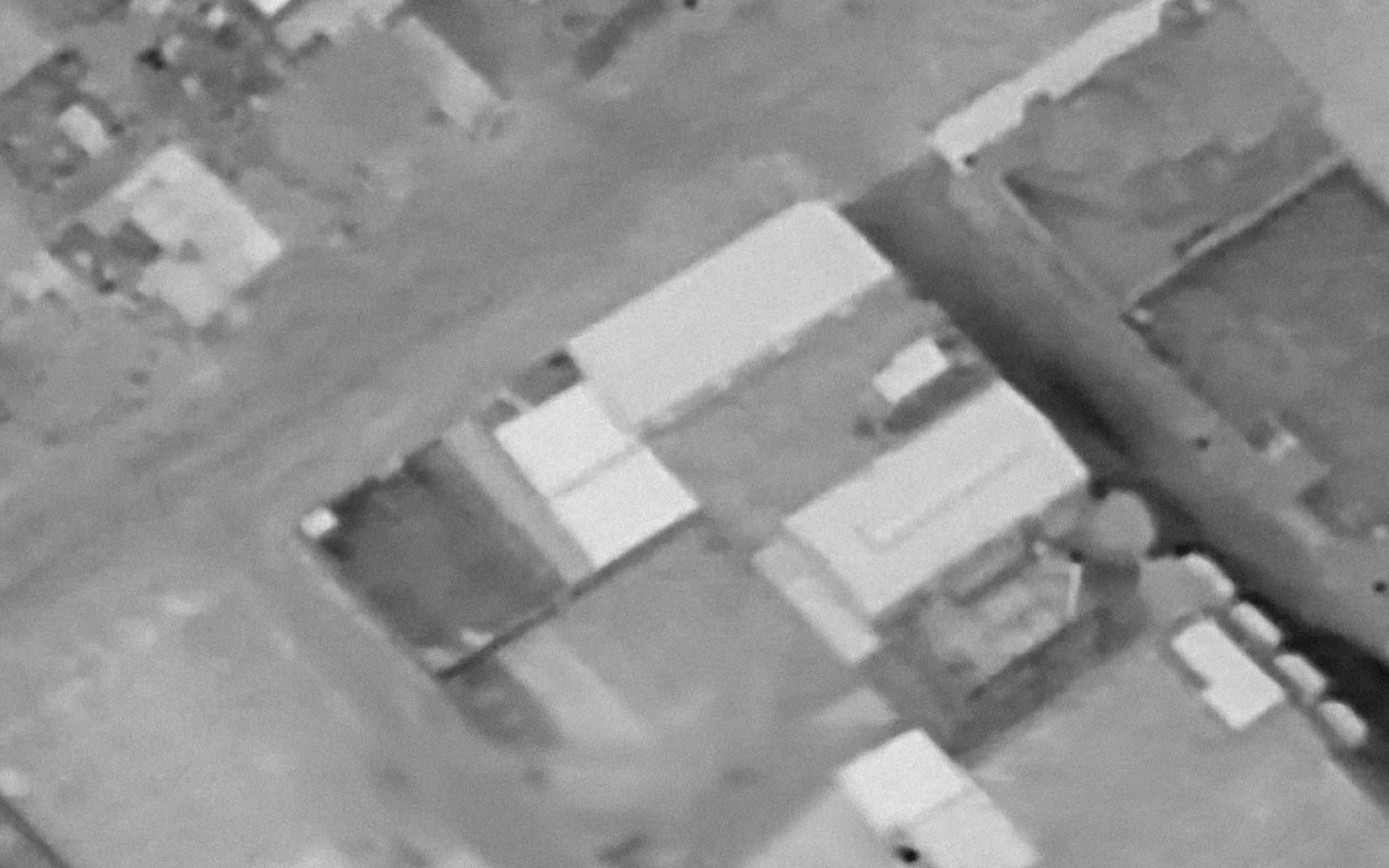
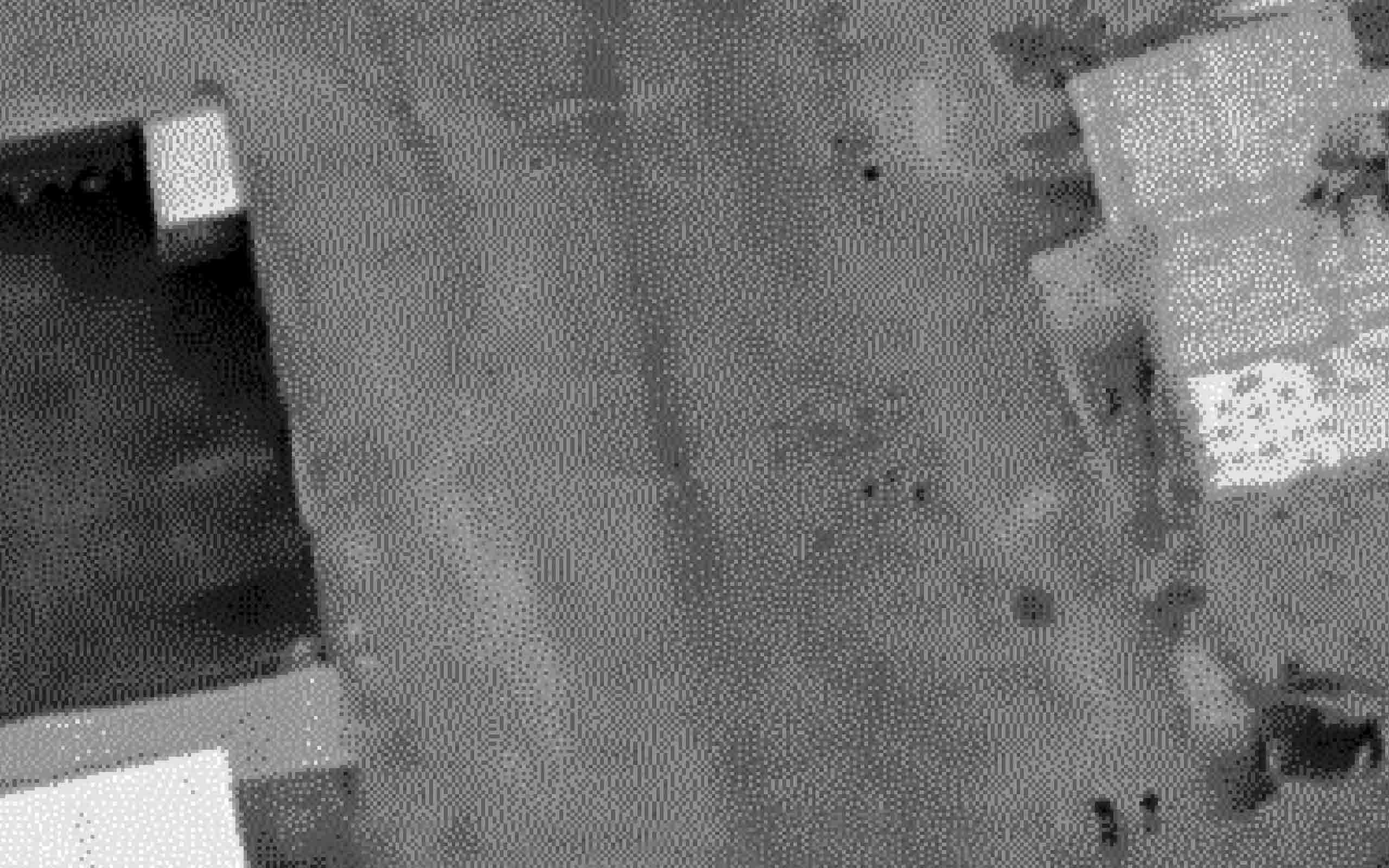
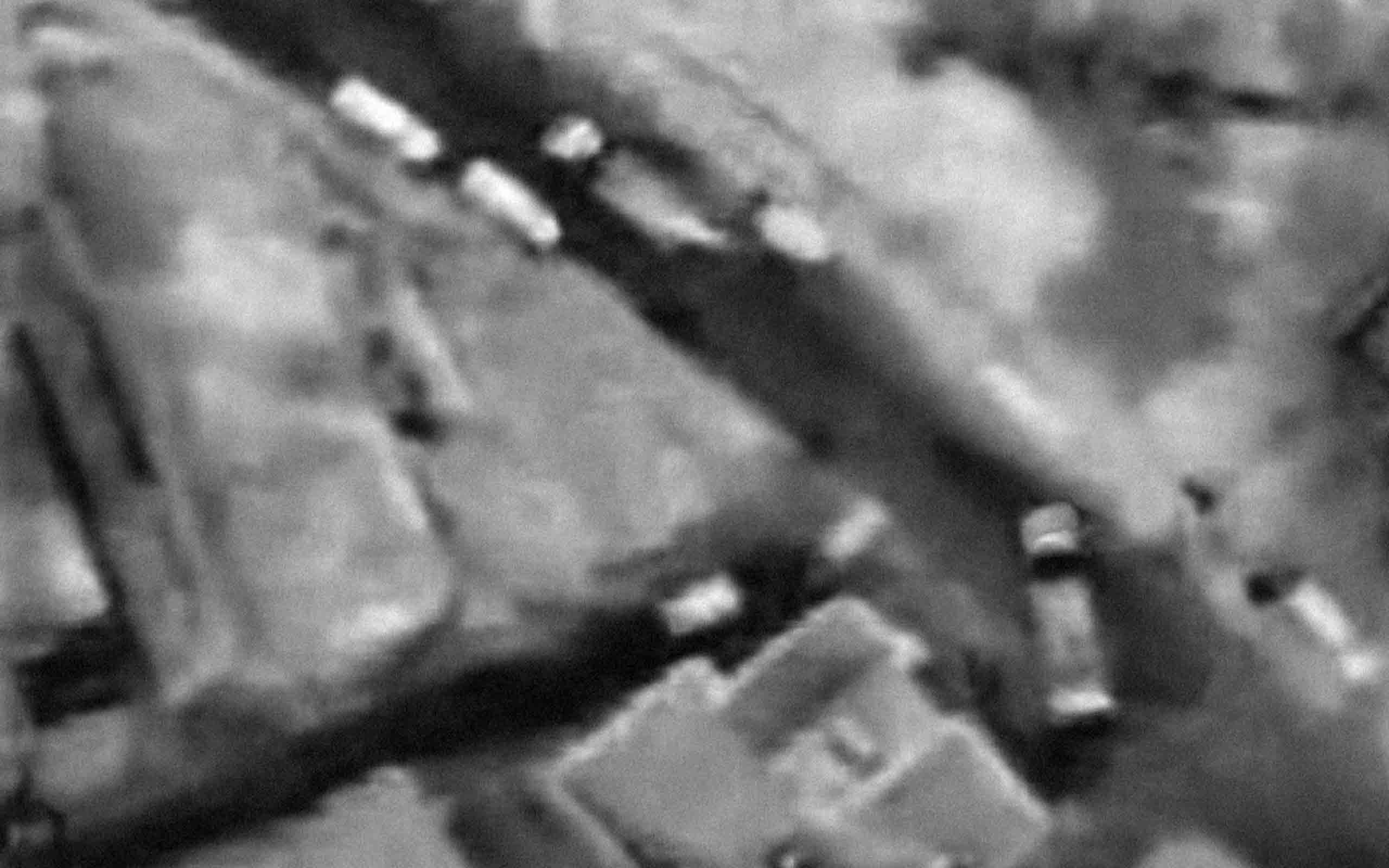
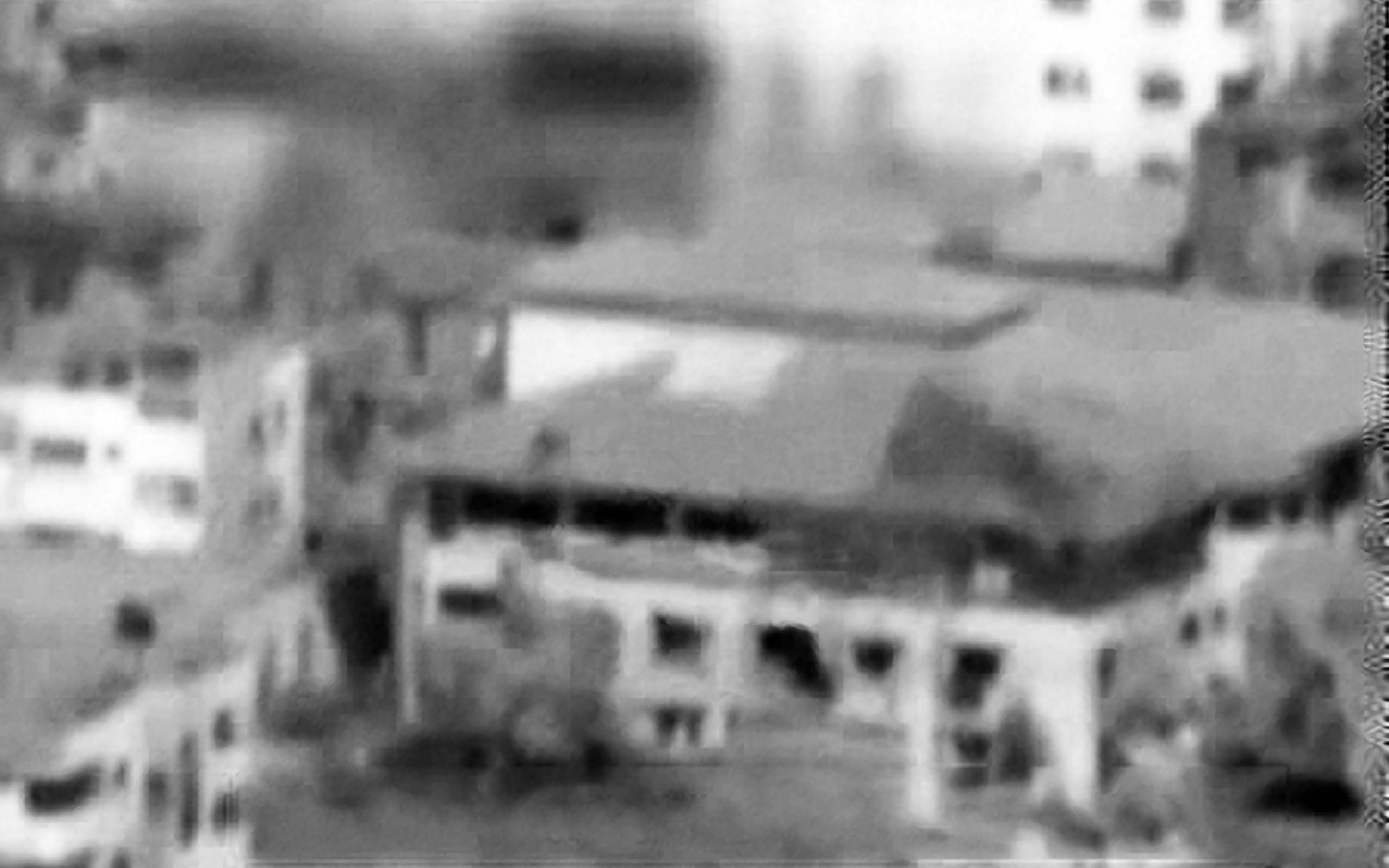
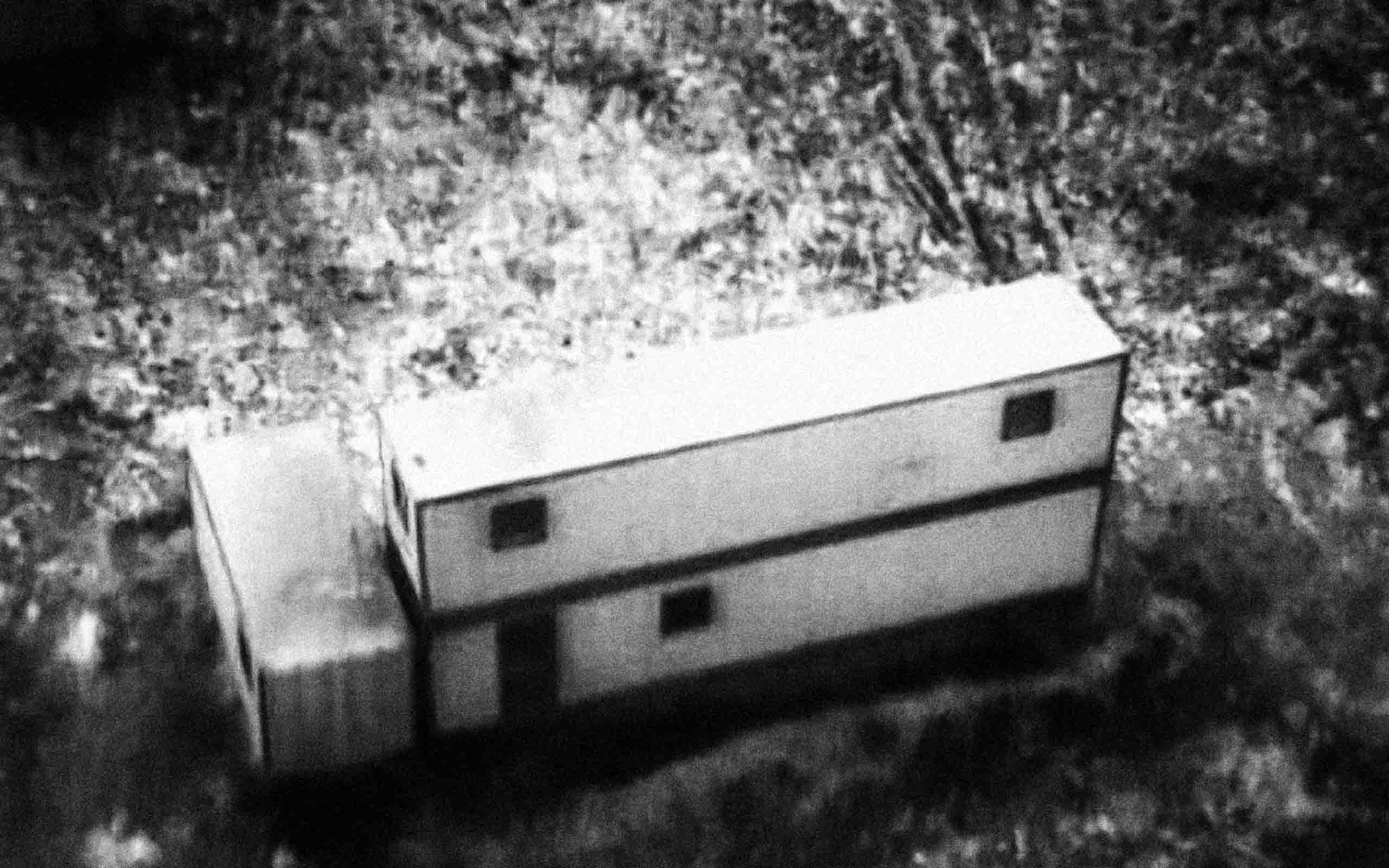
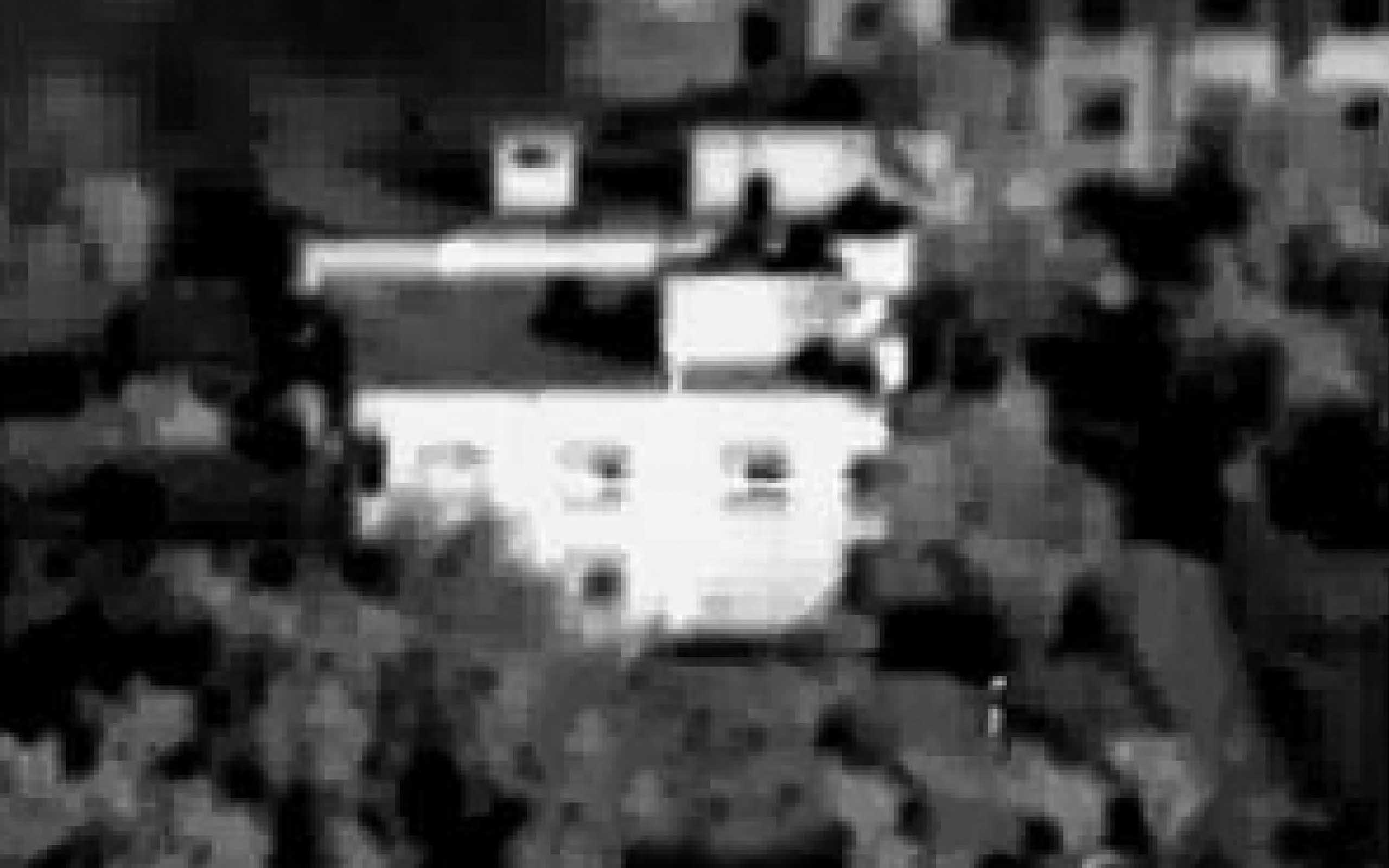
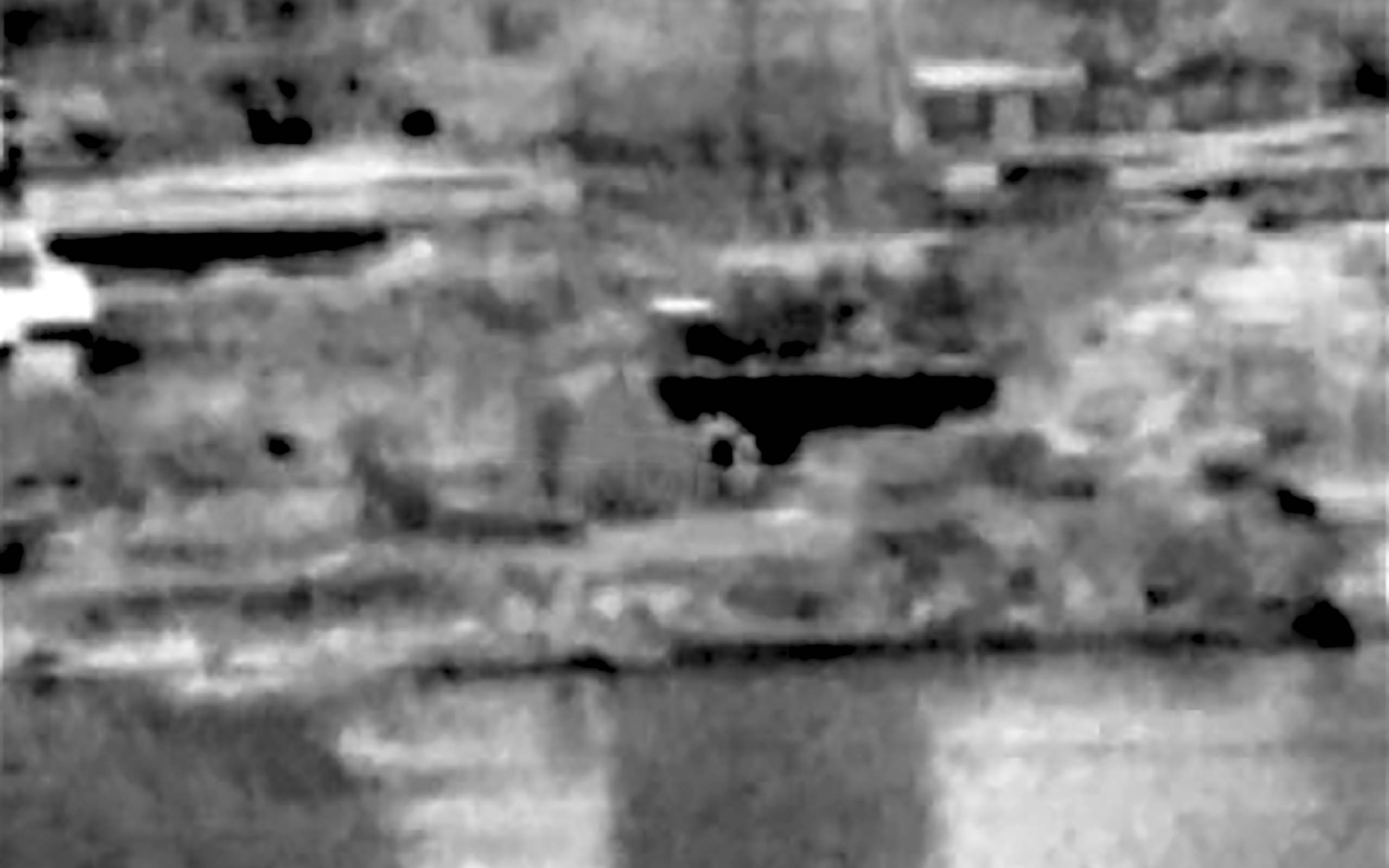
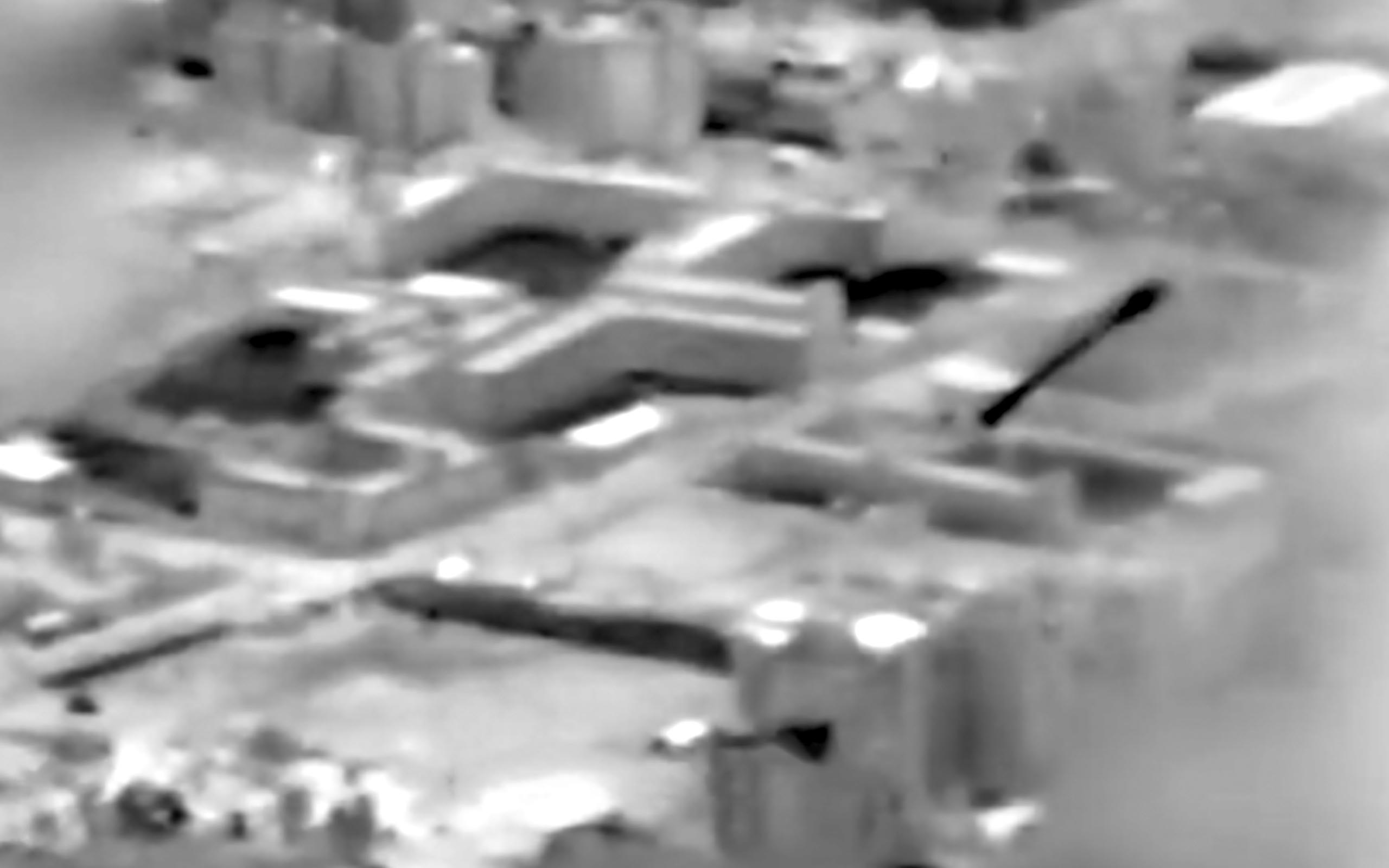
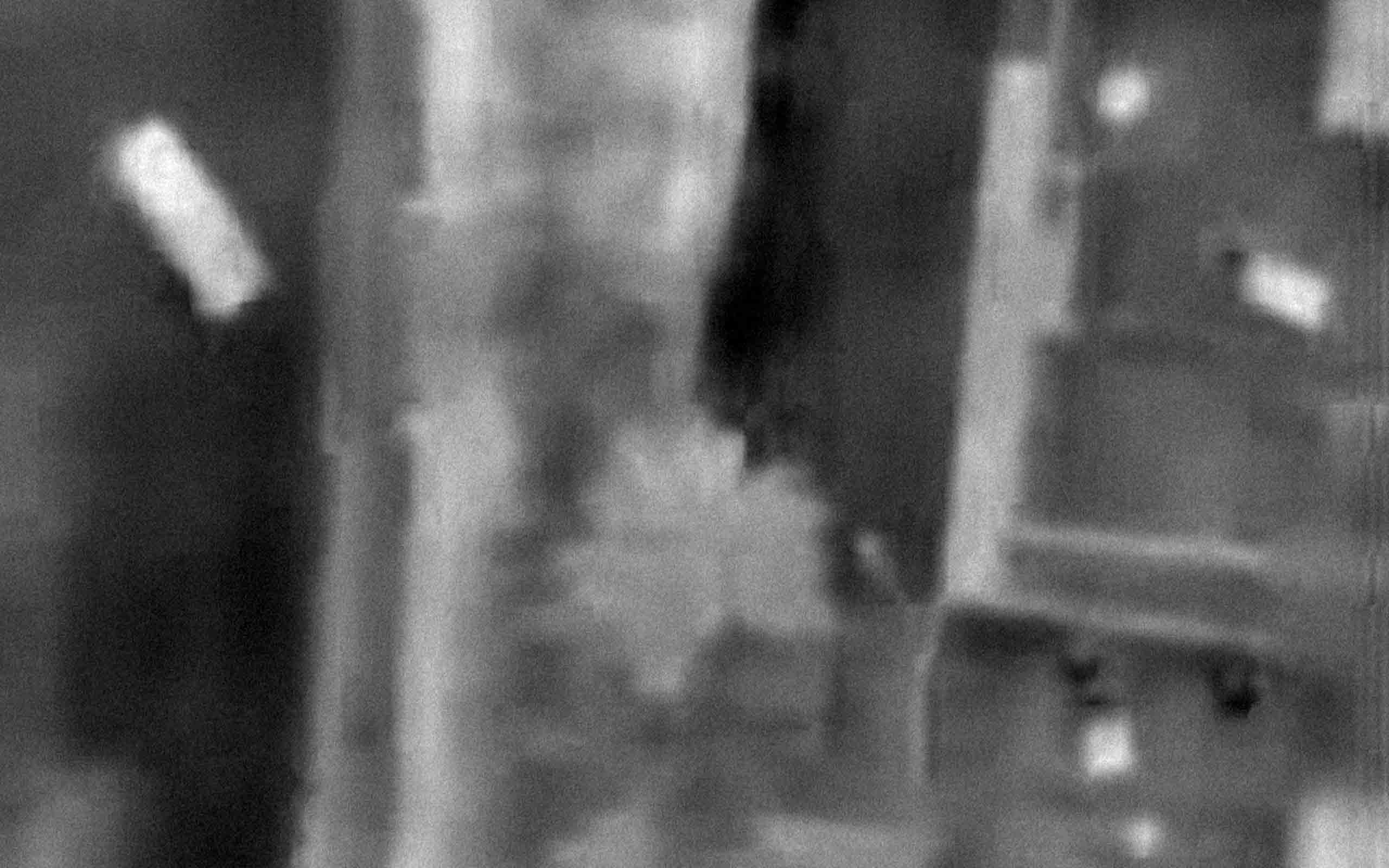
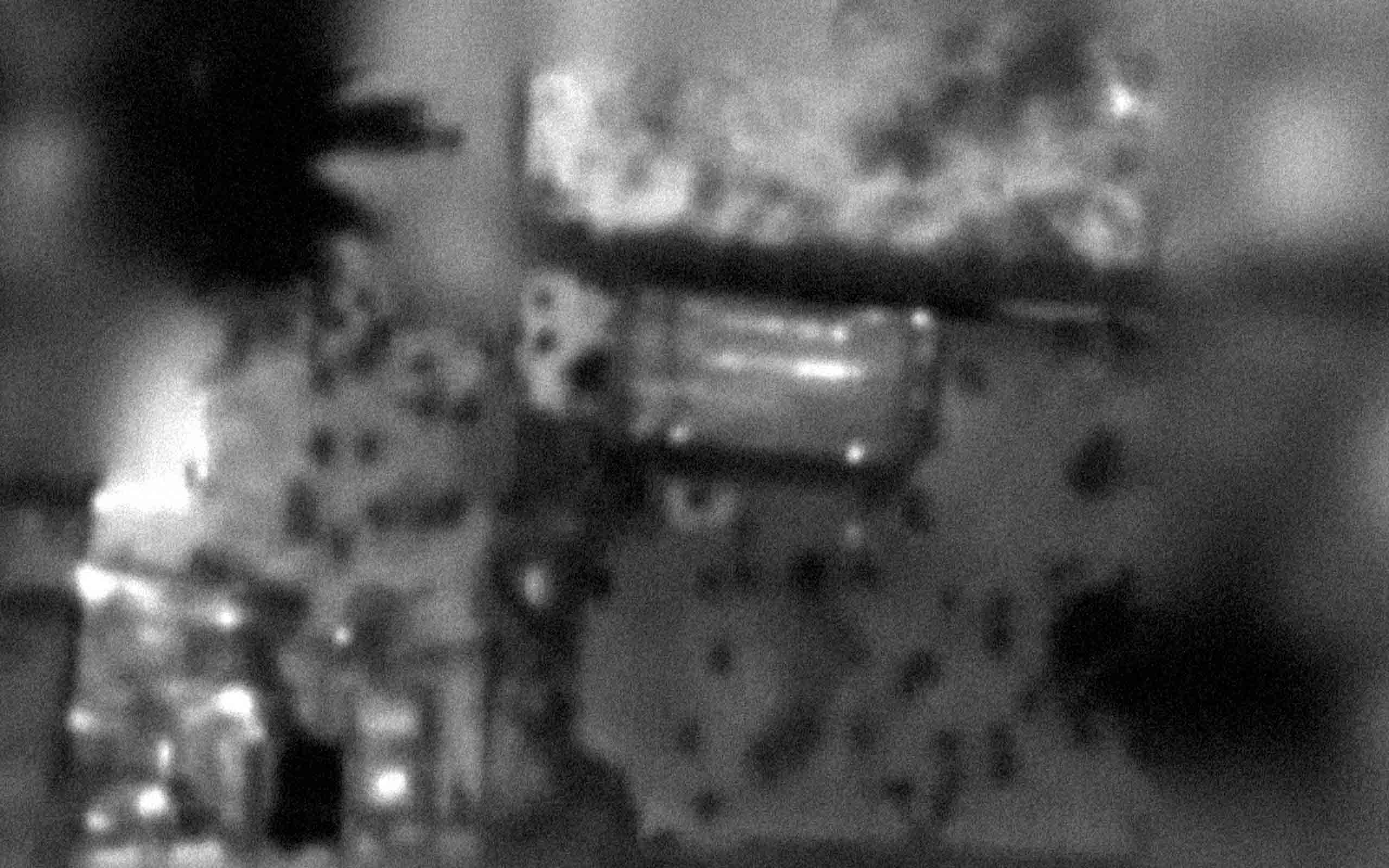
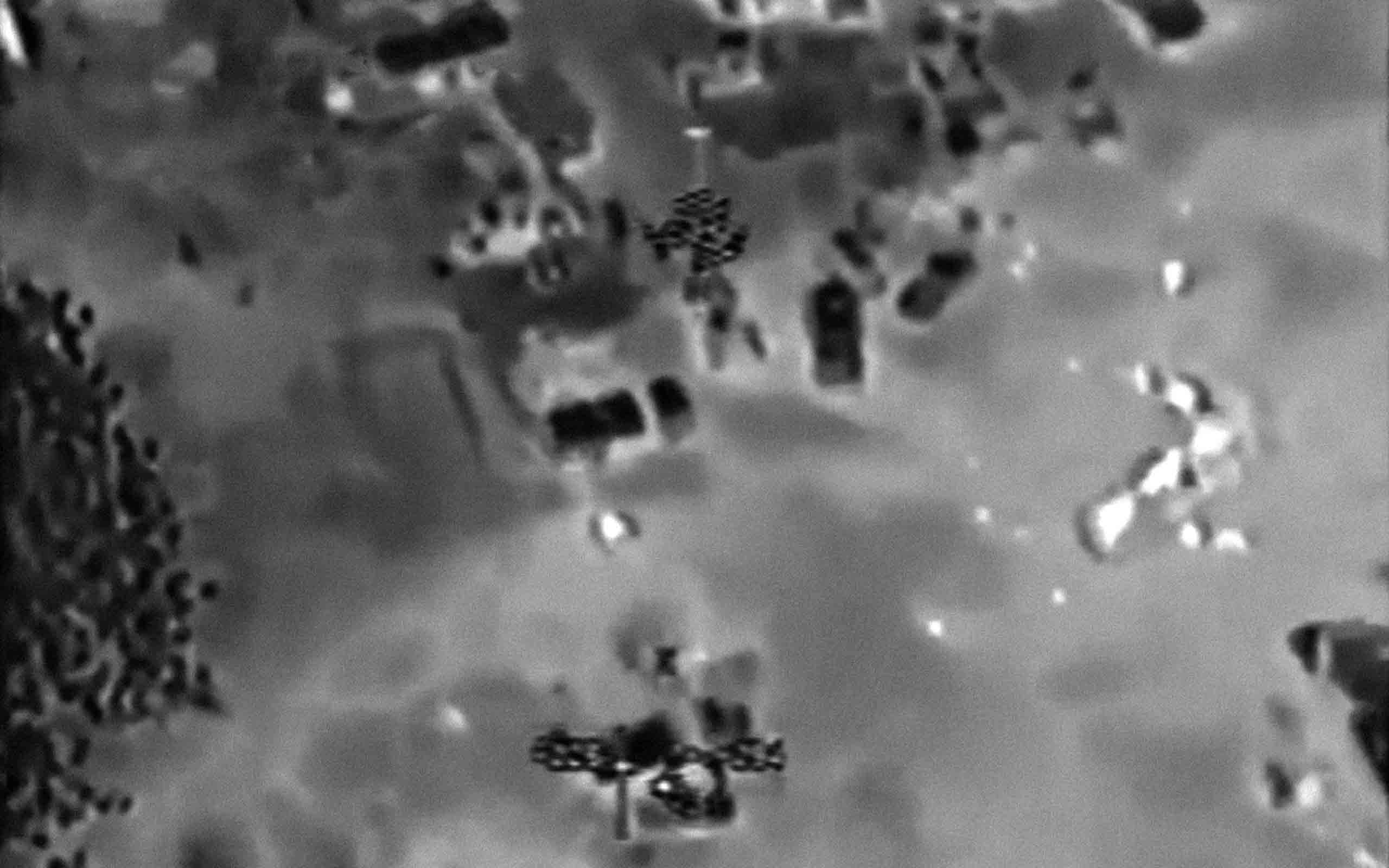
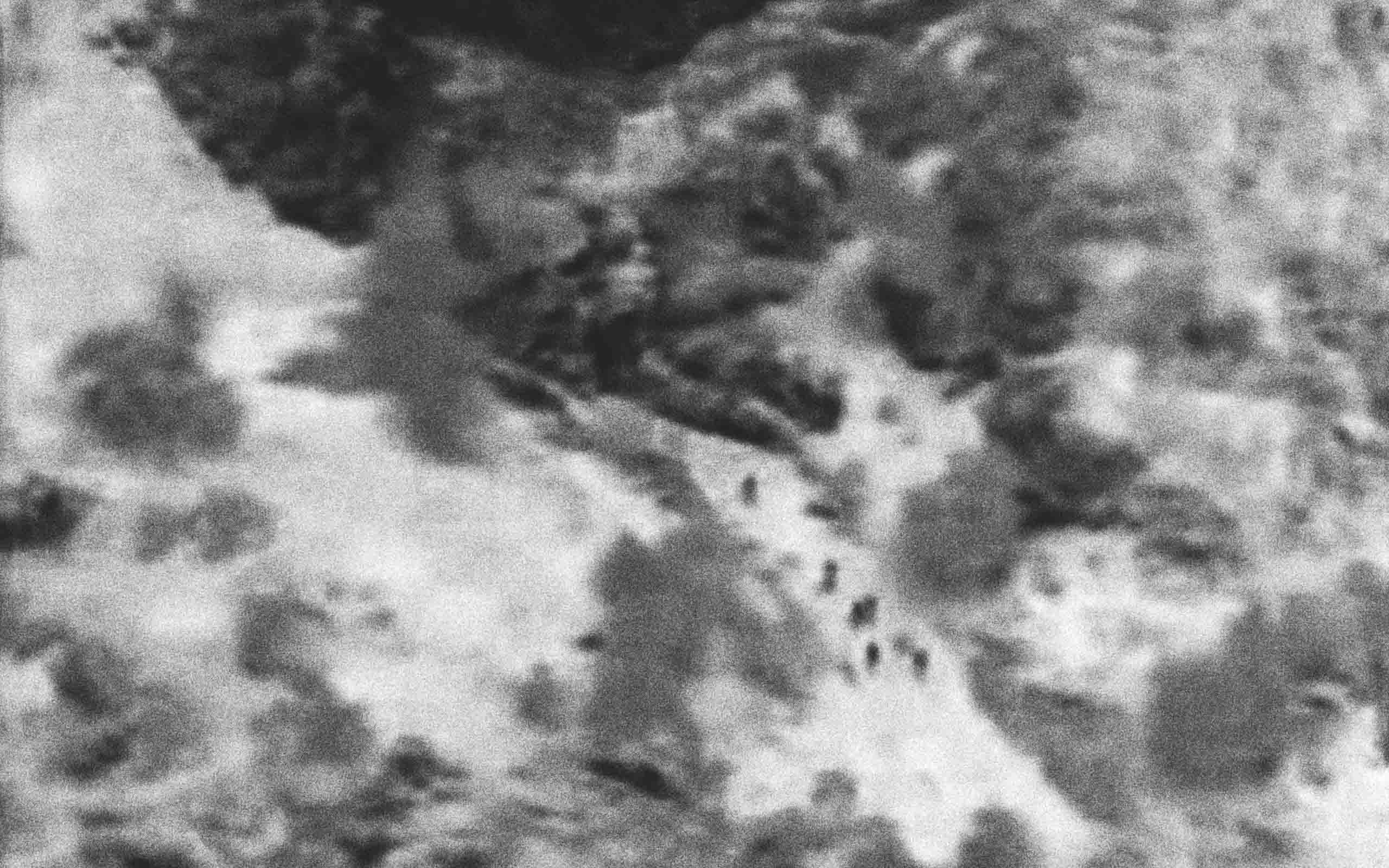
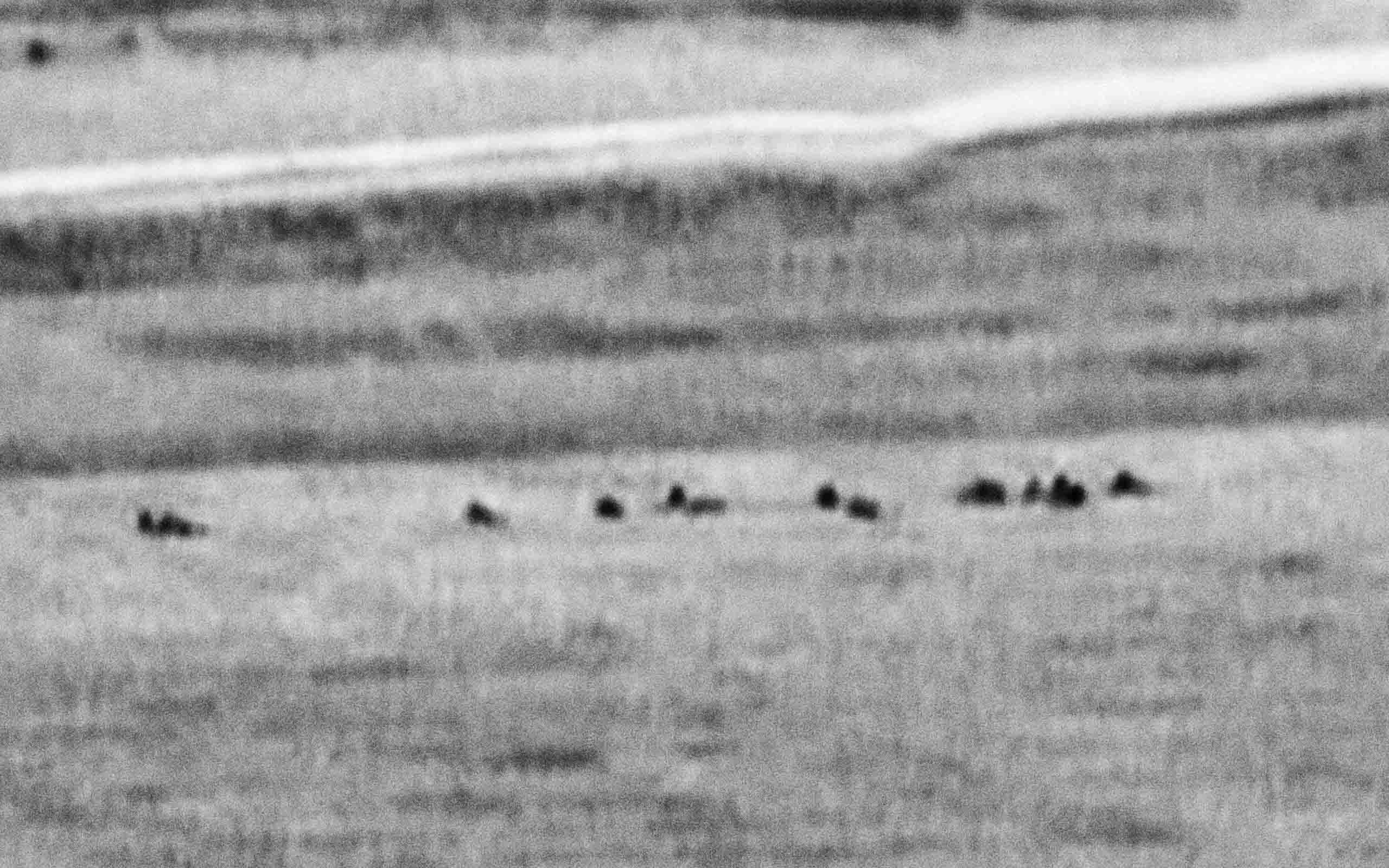
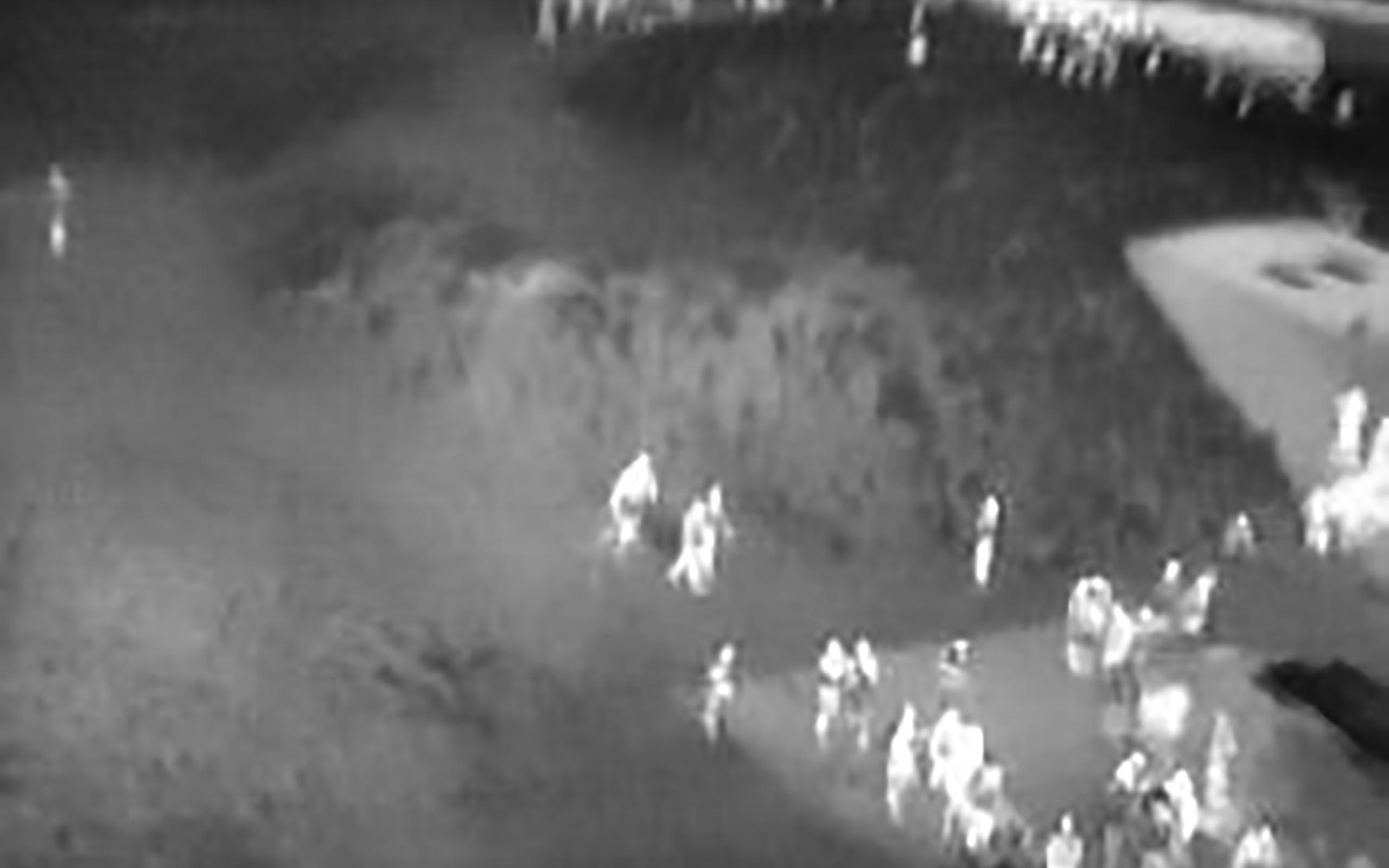
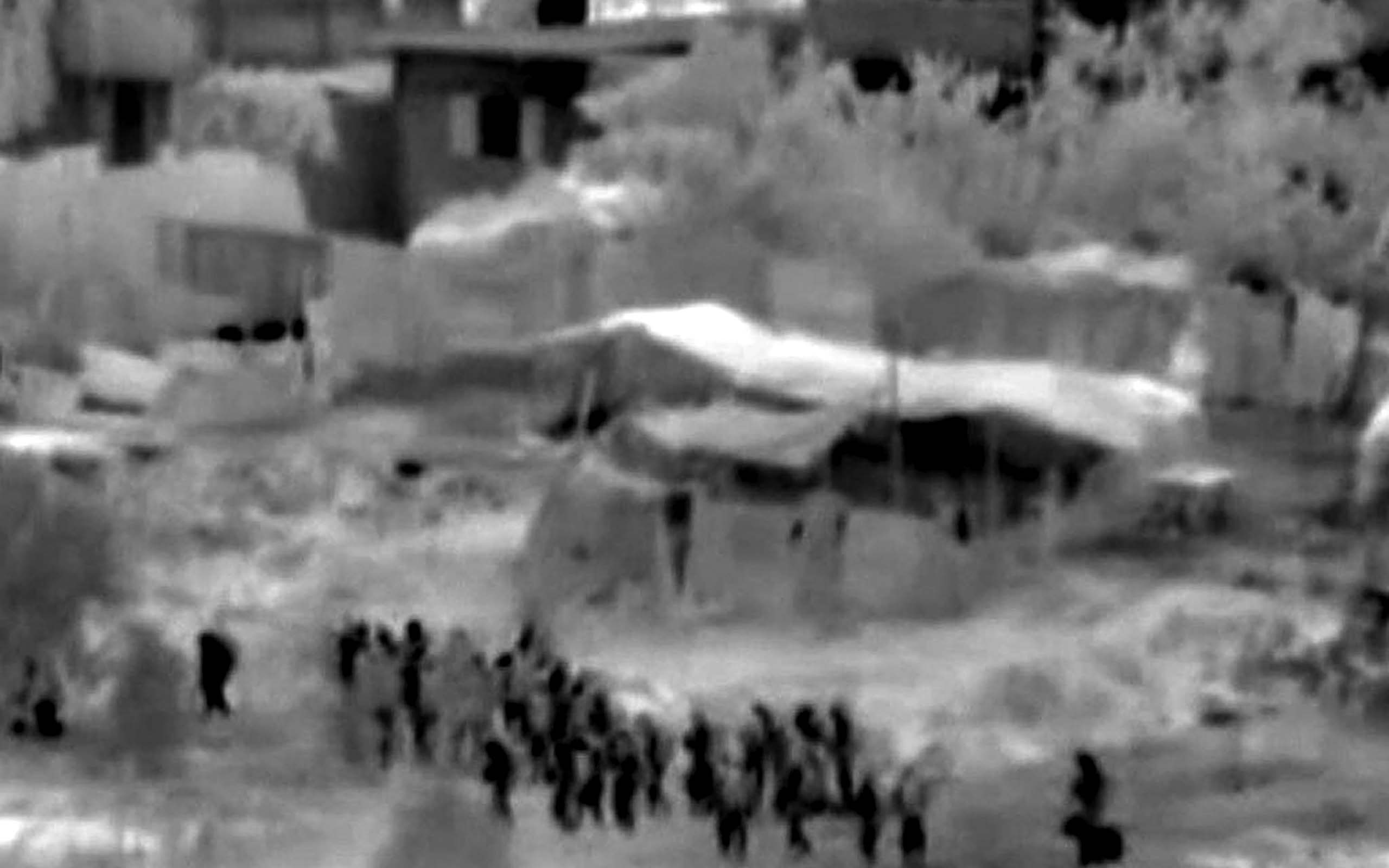
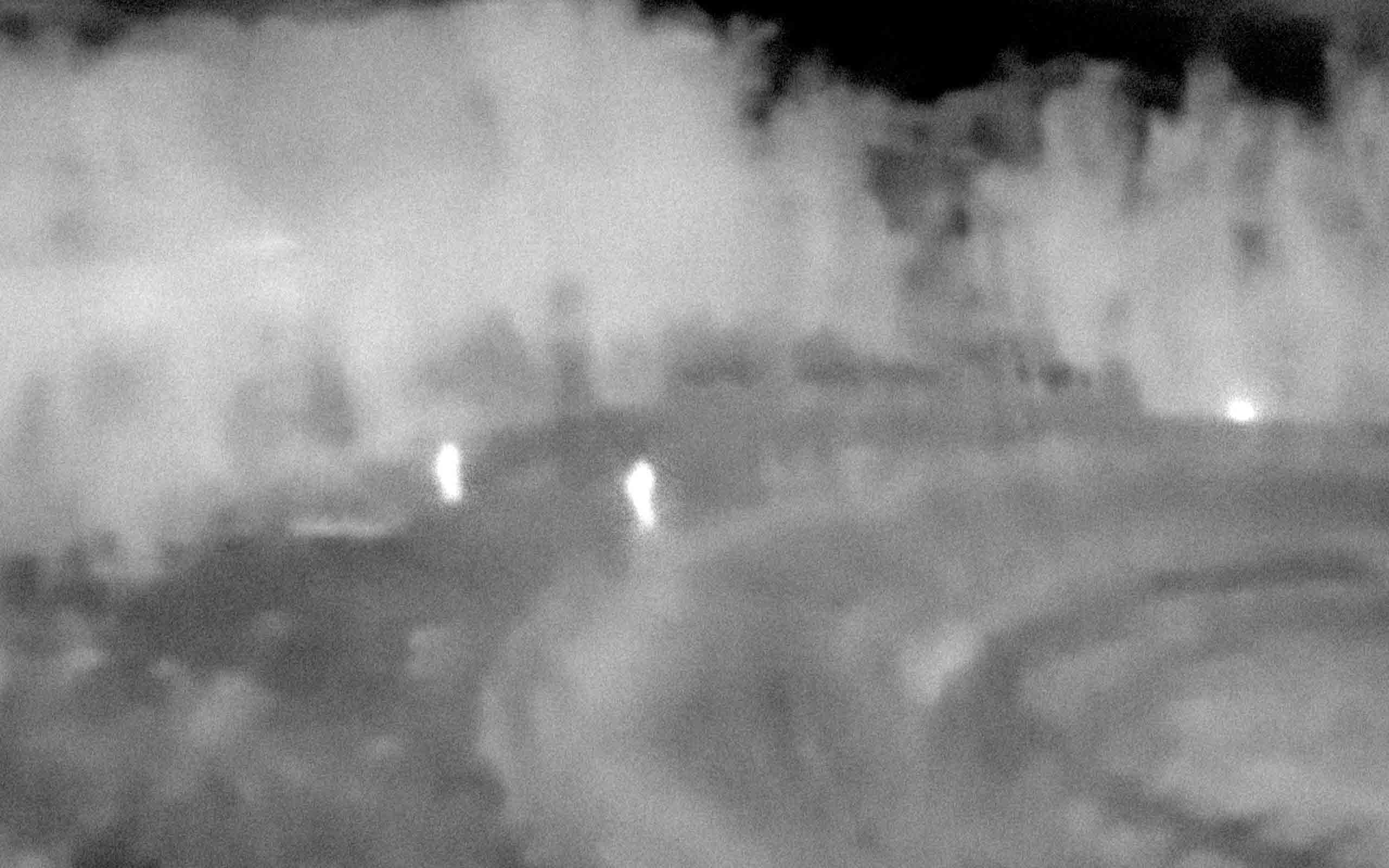
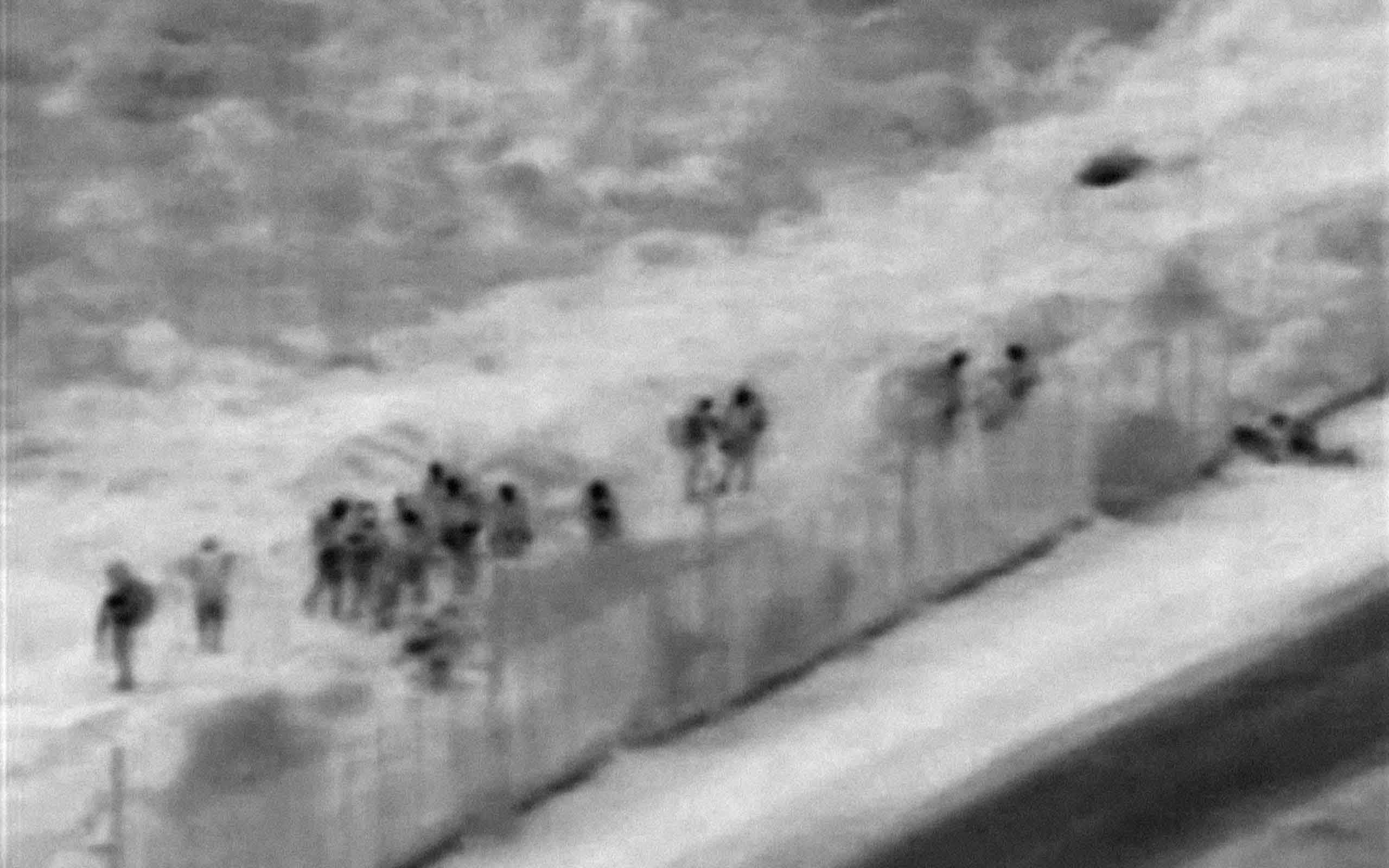
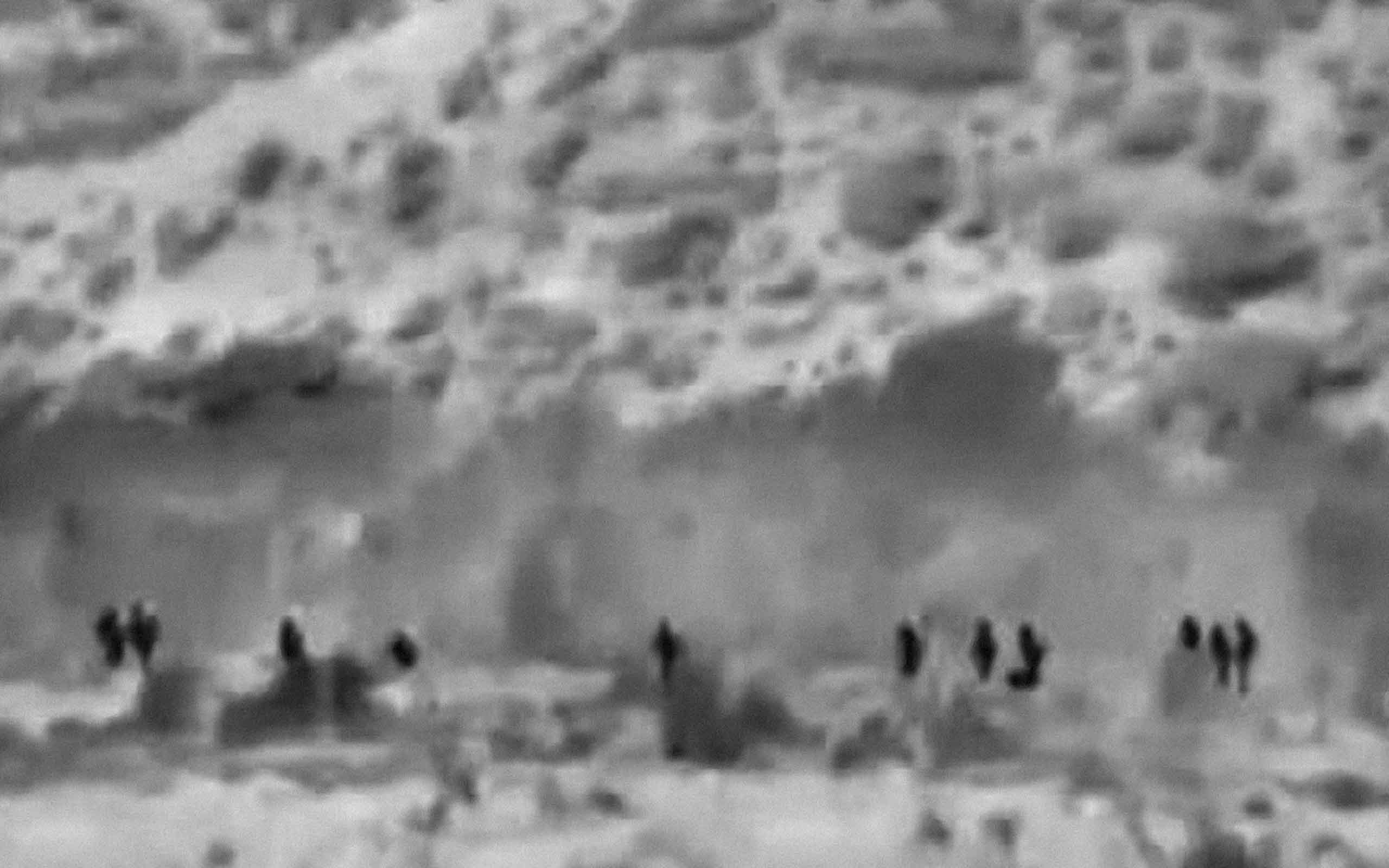
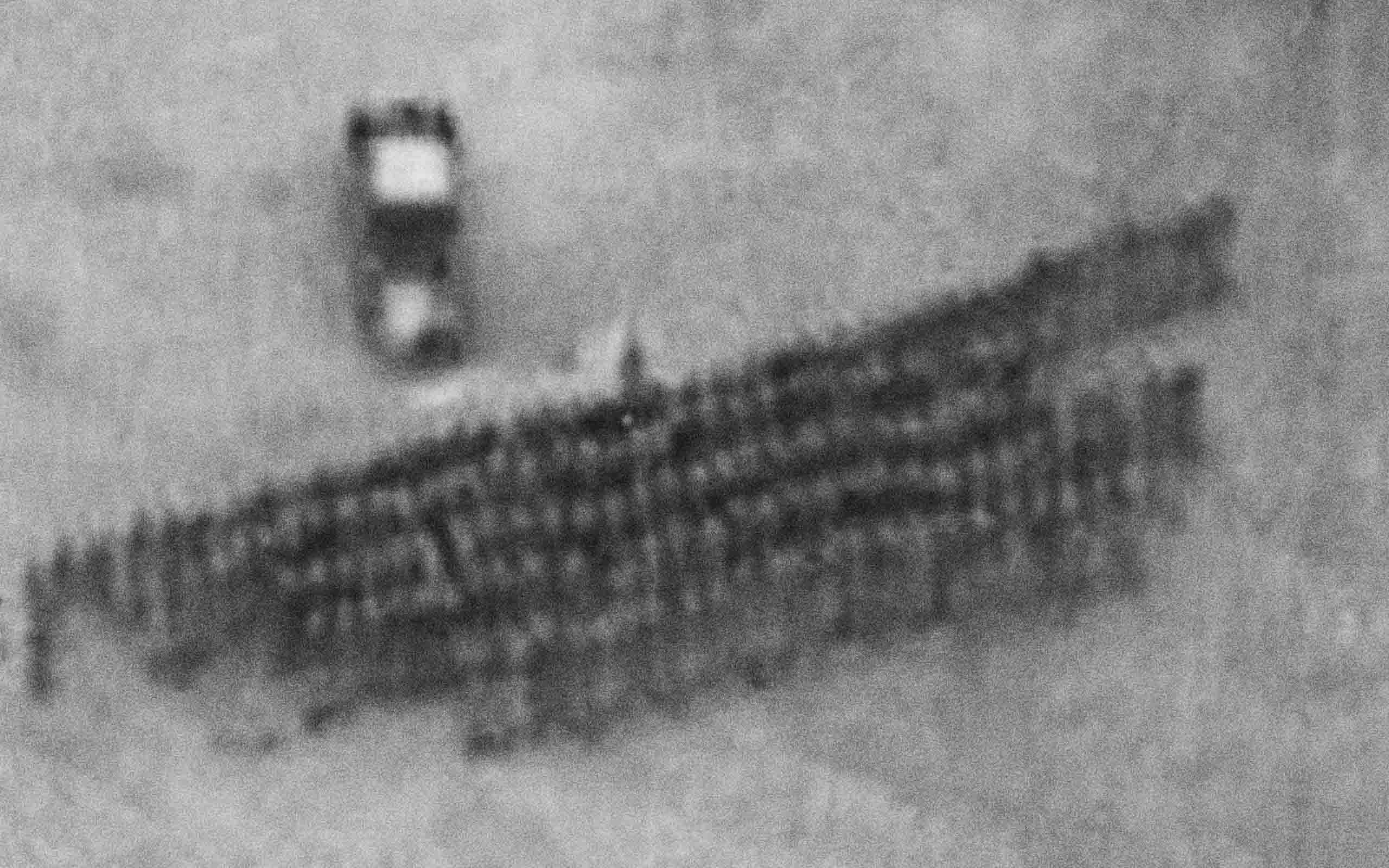
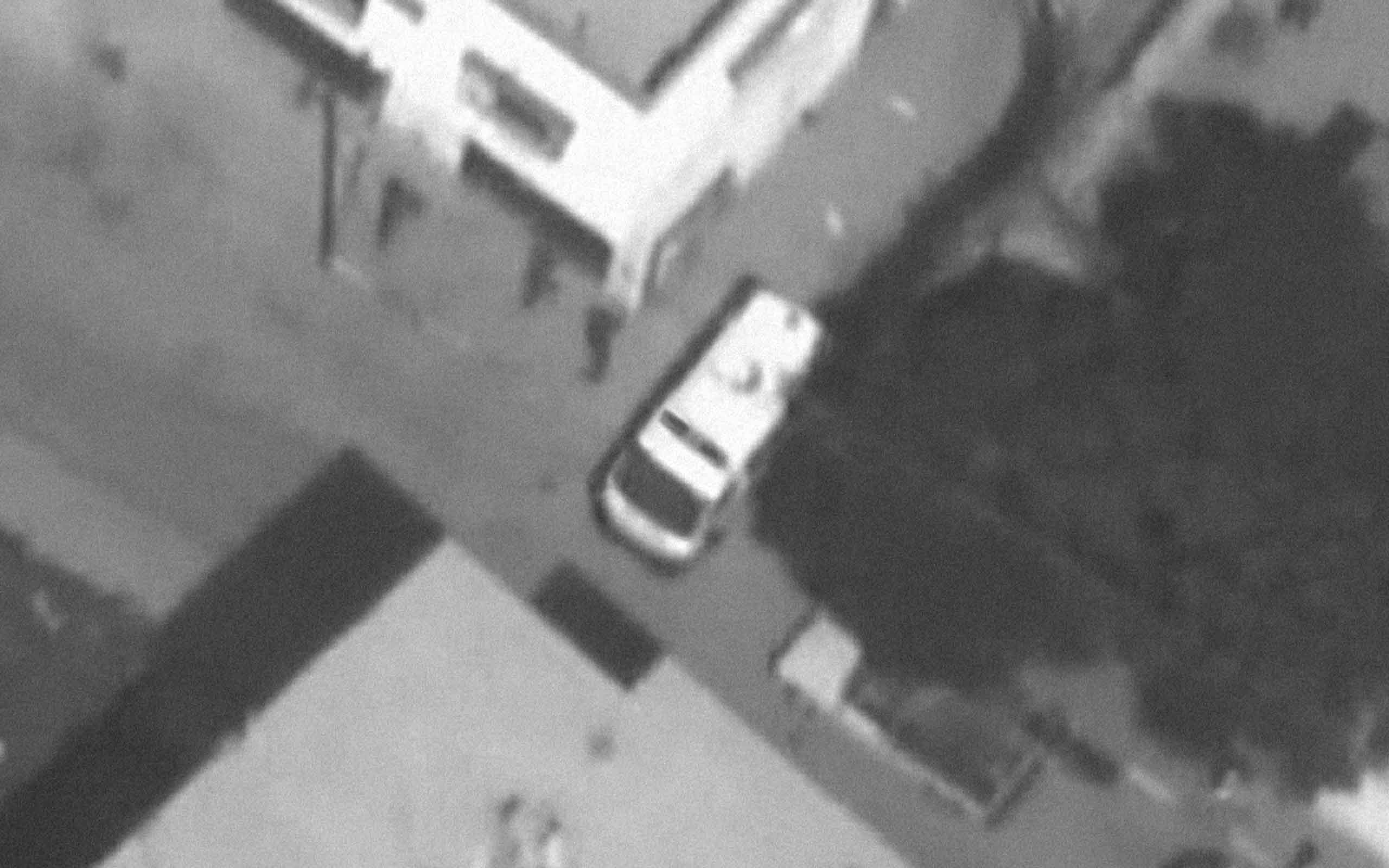
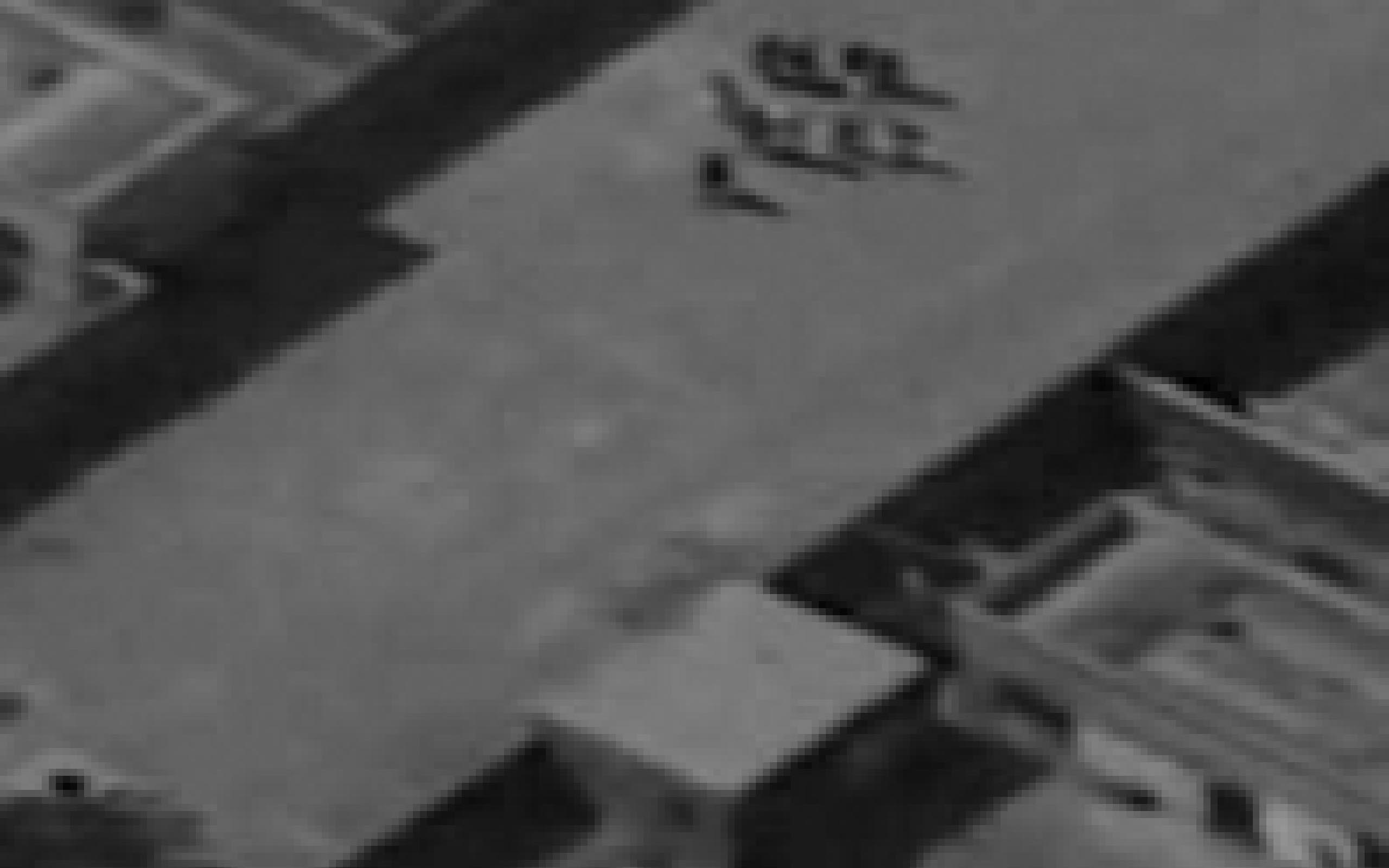
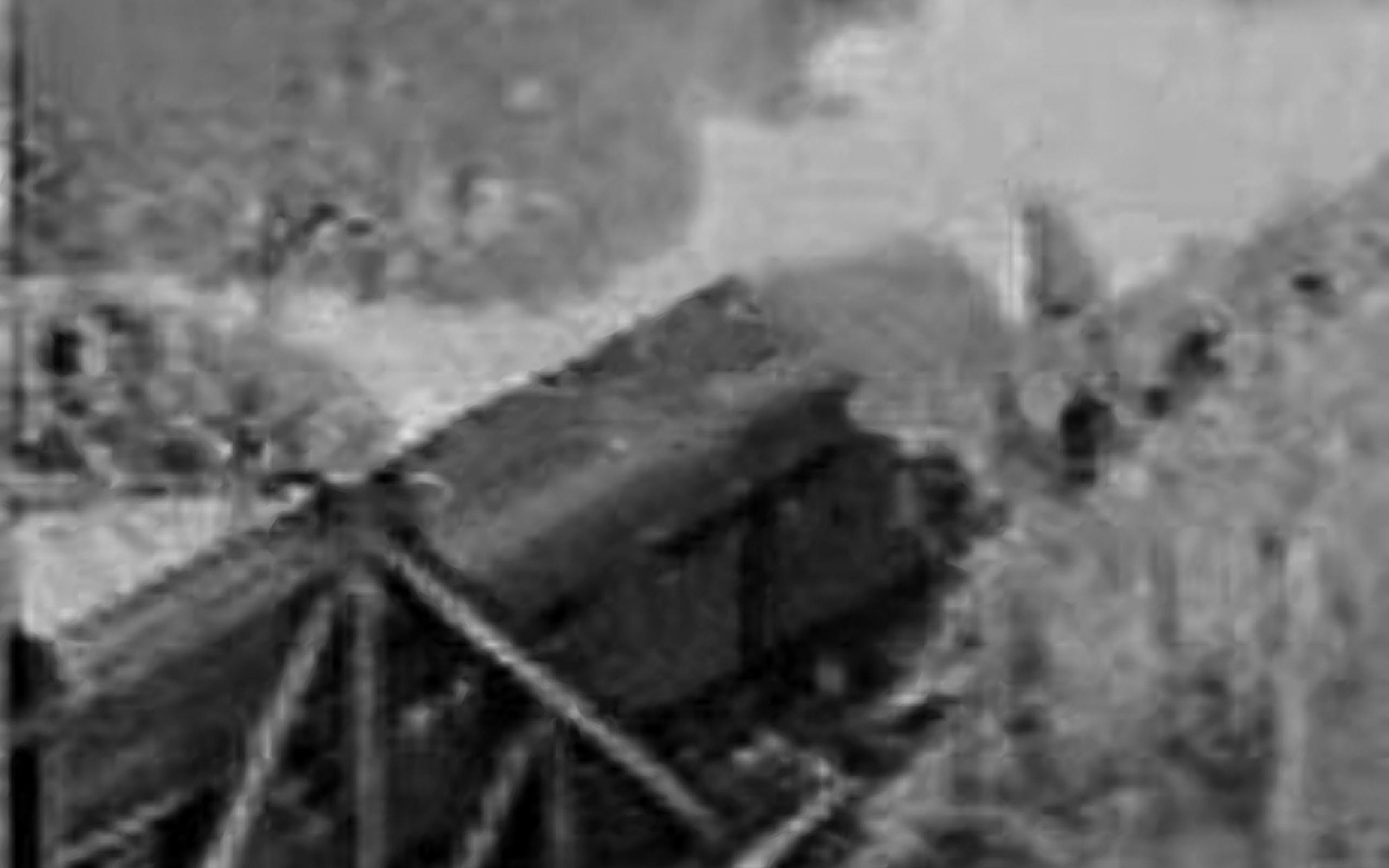
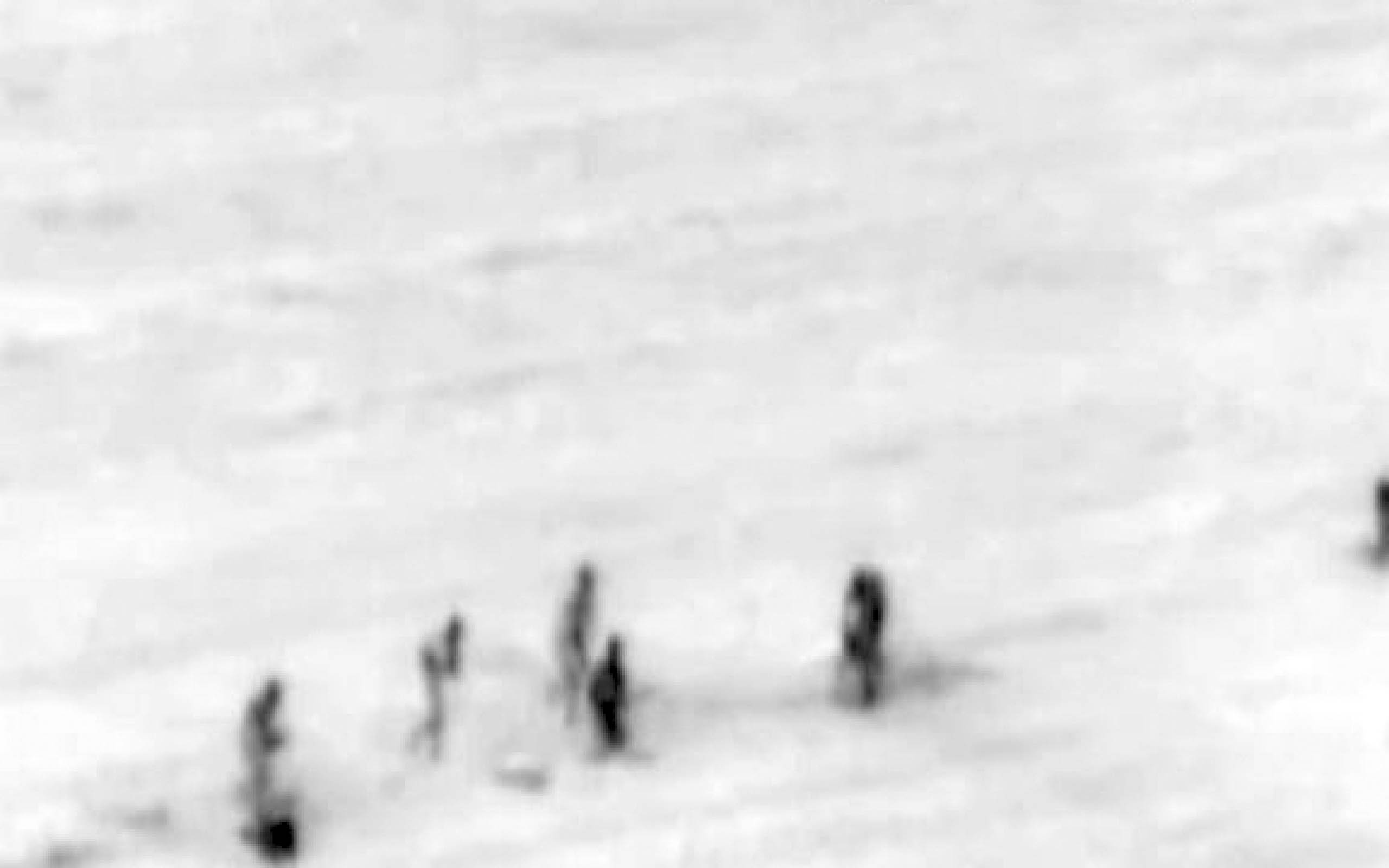
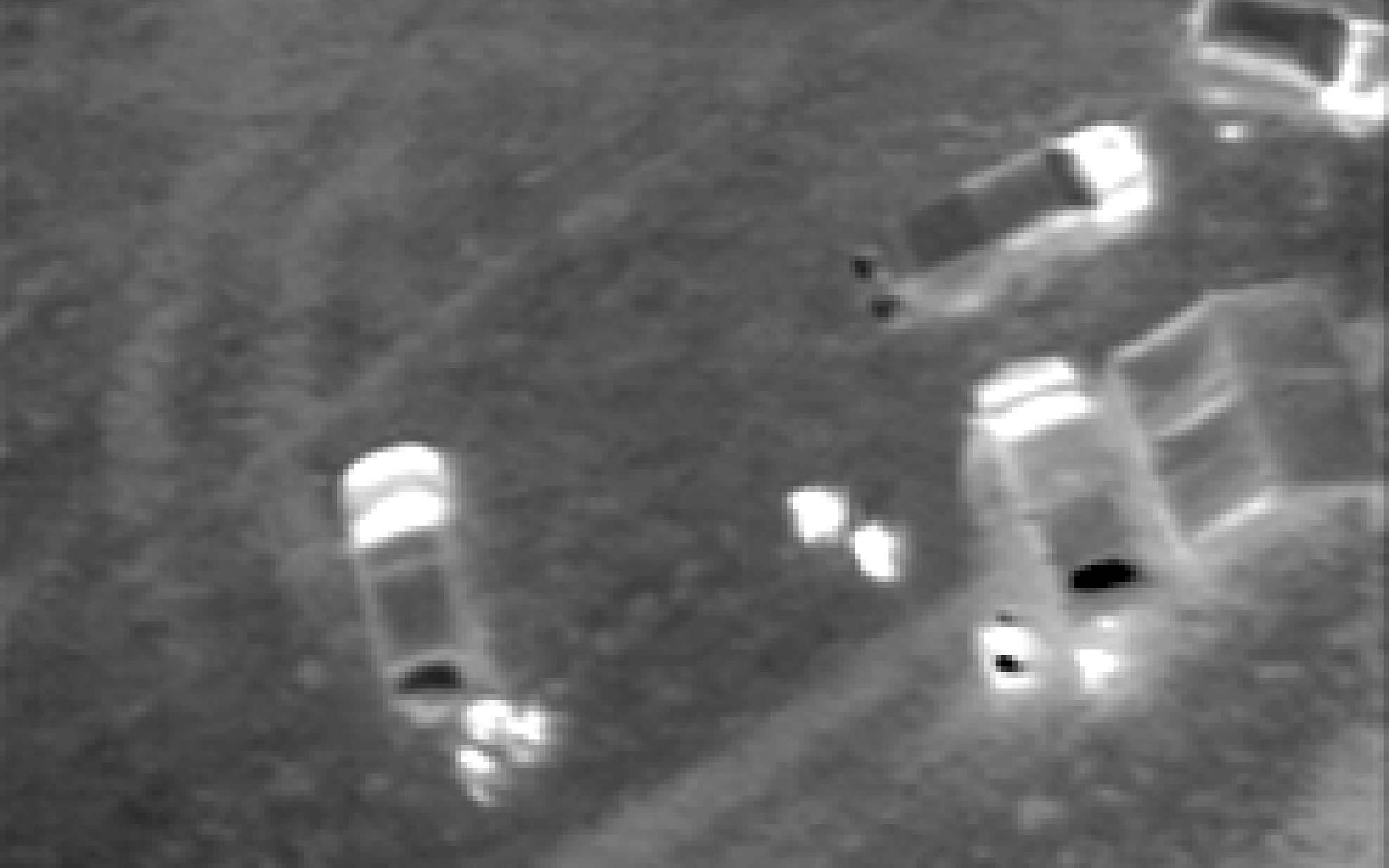
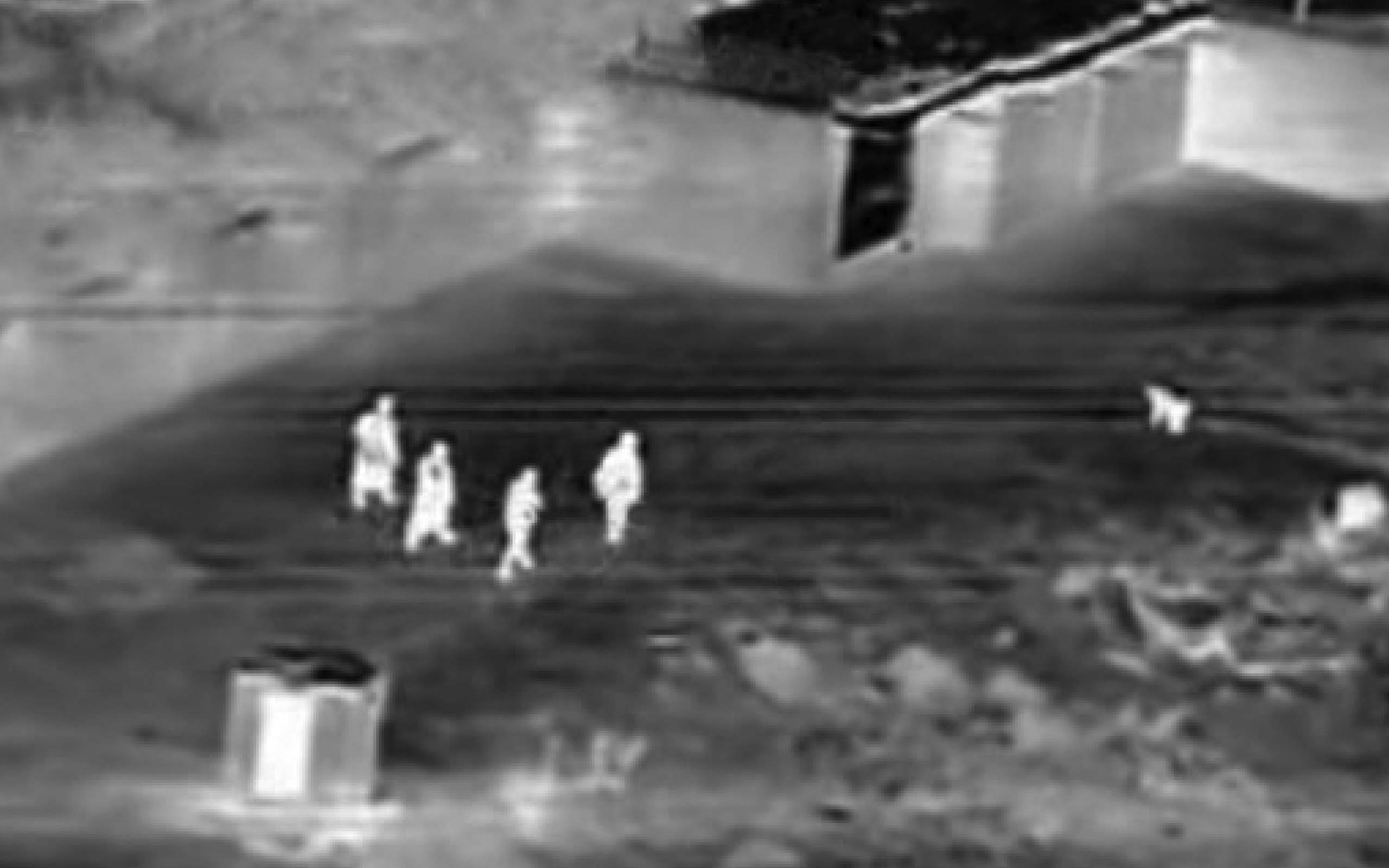

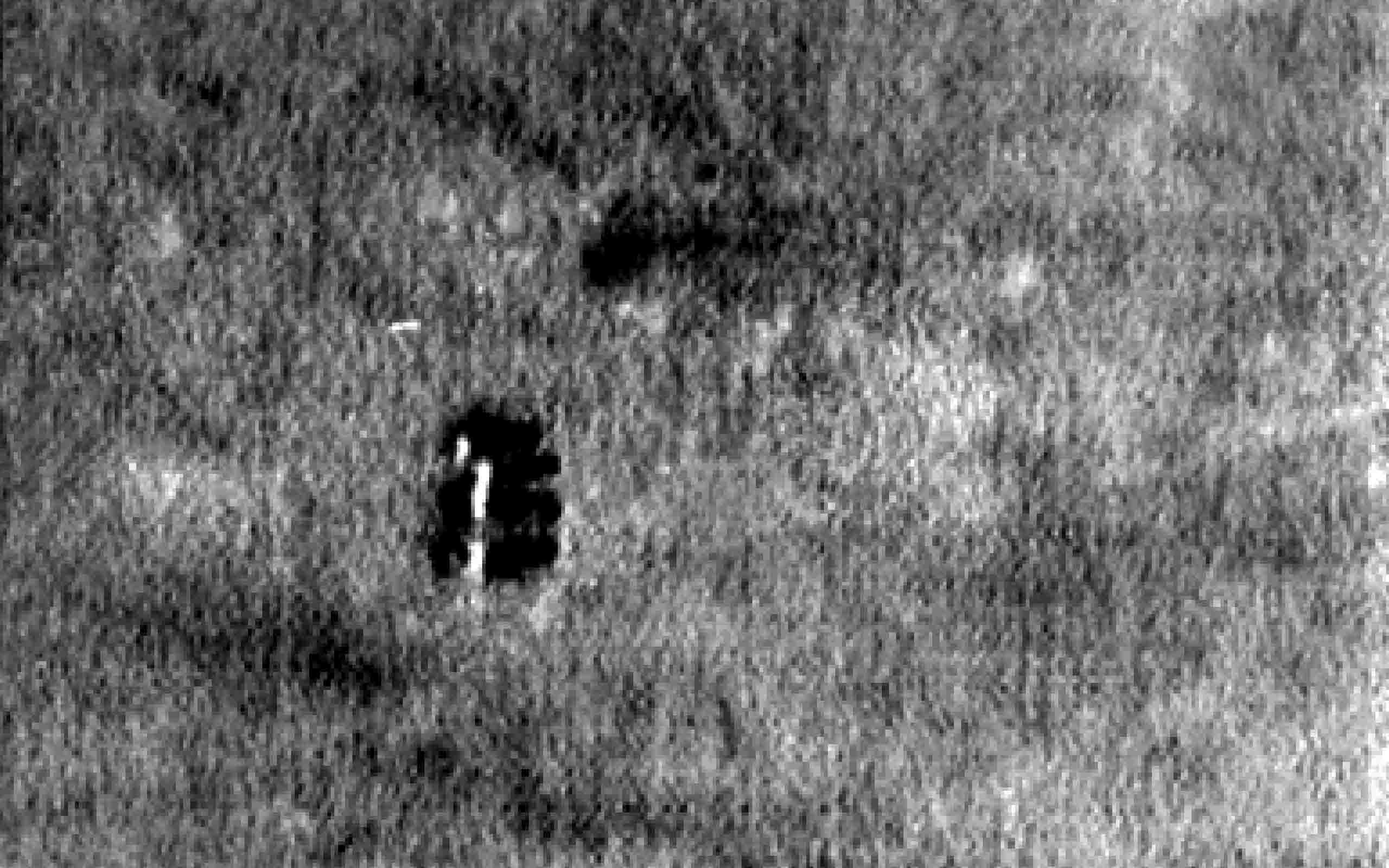
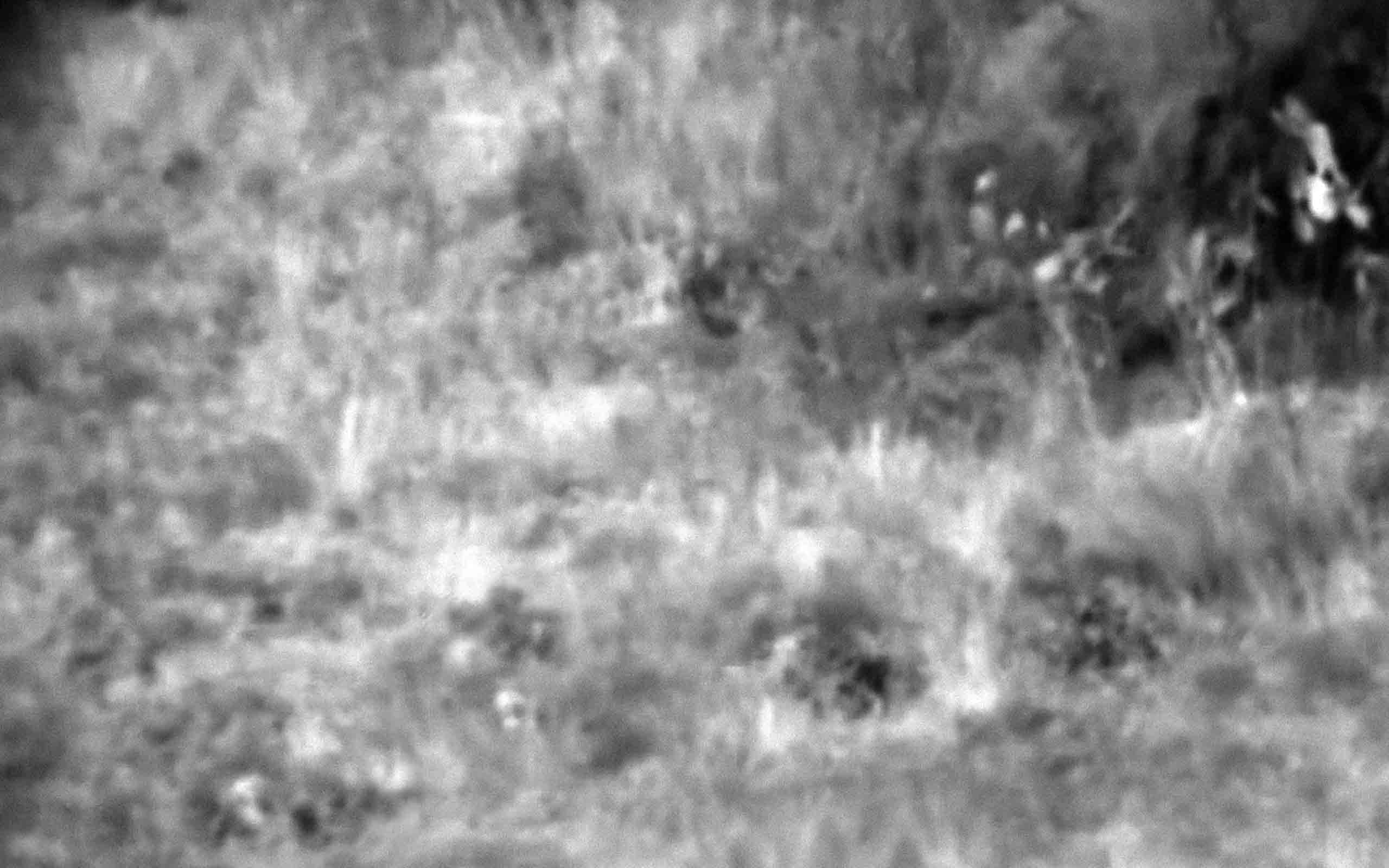
Locations
- Northern California, 2008 (US Navy)
- Osama bin Laden’s compound, Bilal Town, Abbottābad, Khyber Pakhtunkhwa, Pakistan, 15 January 2011
- San Diego (US Air Force)
- Zhawar Kili Al-Badr Camp (West), Afghanistan, 20 August 1998
- Suspected insurgent activity, Afghanistan, 2010
- Izbica, Kosovo, 1999
- Krasnik, Poland, 15 May 1999
- The Negev Nuclear Research Center, Israel, 11 November 1968
- Peterštica (or: Sanhovići), Kosovo and Metohija, April 1999
- Kosovo, 1999
- Border station near Globocica, Kosovo, 1998
- Pristina airfield, Kosovo, 1999
- Military training ground, Homs, Syria, 2011 (US Department of State)
- Kapitarci bridge post strike, Serbia, 1999
- Brezovcani, Serbia, 1999
- Glavica, Paraćin, Serbia, 1999
- Location unknown
- Location unknown
- Gaza Strip, 2008 (IDF Spokesperson’s Unit)
- Gaza Strip, 2009 (IDF Spokesperson’s Unit)
- Earthquake victims at Haiti soccer field, 14 January 2010 (US Southern Command)
- Gaza, 28 July 2014 (IDF Spokesperson’s Unit)
- Gaza Strip, 24 July 2014 (IDF Spokesperson’s Unit)
- Al Jouri Mosque and an adjacent school in the Bab Amr neighbourhood of Homs, Syria, 27 February 2012
- National Cathedral, Haiti, 14 January 2010 (US Southern Command)
- Gaza Strip, 14 July 2014 (IDF Spokesperson’s Unit)
- Gaza Strip, 9 July 2014 (IDF Spokesperson’s Unit)
- Gaza Strip, 7 October 2014 (IDF Spokesperson’s Unit)
- Gaza Strip, 19 July 2014 (IDF Spokesperson’s Unit)
- Gaza Strip, 14 July 2014 (IDF Spokesperson’s Unit)
- Gaza Strip, 14 July 2014 (IDF Spokesperson’s Unit)
- Hezbollah official Abdel Nasser Issa’s home, Tyre, Lebanon, 13 October 2009 (IDF)
- Al Wafa hospital, Gaza, 14 July 2014 (IDF Spokesperson’s Unit)
- US Army training facility in the Pacific Northwest, 2 December 2011
- Gaza Strip, 21 July 2014 (IDF Spokesperson’s Unit)
- Gaza Strip, 10 July 2014 (IDF Spokesperson’s Unit)
- Abu Nur school, Gaza, 27 July 2014 (IDF Spokesperson’s Unit)
- Gaza Strip, 10 July 2014 (IDF Spokesperson’s Unit)
- Gaza Strip, 10 July 2014 (IDF Spokesperson’s Unit)
- Location unknown
- Location unknown
- Underground tunnel, Kibbutz Sufa, Israel, 5 August 2014
- Location unknown
- Gaza Strip, 17 July 2014 (IDF Spokesperson’s Unit)
- St. Denis, Canada, 9 May 2013
- Gaza Strip, July 2014
- Gaza Strip, July 2014
- Afghanistan, September 2006
- Al Wafa hospital, Gaza, 9 July 2014 (IDF Spokesperson’s Unit)
- Bin Laden’s Tarnak Farms complex, Afghanistan, 7 September 2000
- Railway Bridge, Kosovo, 13 April 1999
- Underground tunnel, Israel, 17 July 2014
- Location unknown
- Location unknown
- Location unknown
- Location unknown
- Gaza Strip, 21 July 2014 (IDF Spokesperson’s Unit)
Amir Avraham is a graphic designer working and living in the Netherlands. After studying Graphic Design in Jerusalem and Zürich and working as a graphic designer in the cultural field in Tel Aviv, he recently finished his MA at the Werkplaats Typografie in Arnhem, the Netherlands. Since the inception of his practice, his work has been focusing on printed matter, site specific projects and new forms of digital publishing, their methodology, image and social effect.